It was November 2020 and Apple announced what had been known for some time. Instead of Intel processors, he showed the first Mac computers that now contain his Apple Silicon chips. He thus interrupted 15 years of mutual cooperation, from which he clearly emerged as the winner. Thanks to iPhones, his computers became more popular, sales increased, and it became essential. With this step, he said that he can do the same thing, but better.
It was 2005 and Steve Jobs announced at WWDC that Apple would gradually stop using PowerPC microprocessors supplied by Freescale (formerly Motorola) and IBM and switch to Intel processors. This was the second time that Apple changed the architecture of the instruction set of its personal computer processors. It was first in 1994 when Apple ditched the original Motorola 68000 series Mac architecture in favor of the then-new PowerPC platform.
It could be interest you
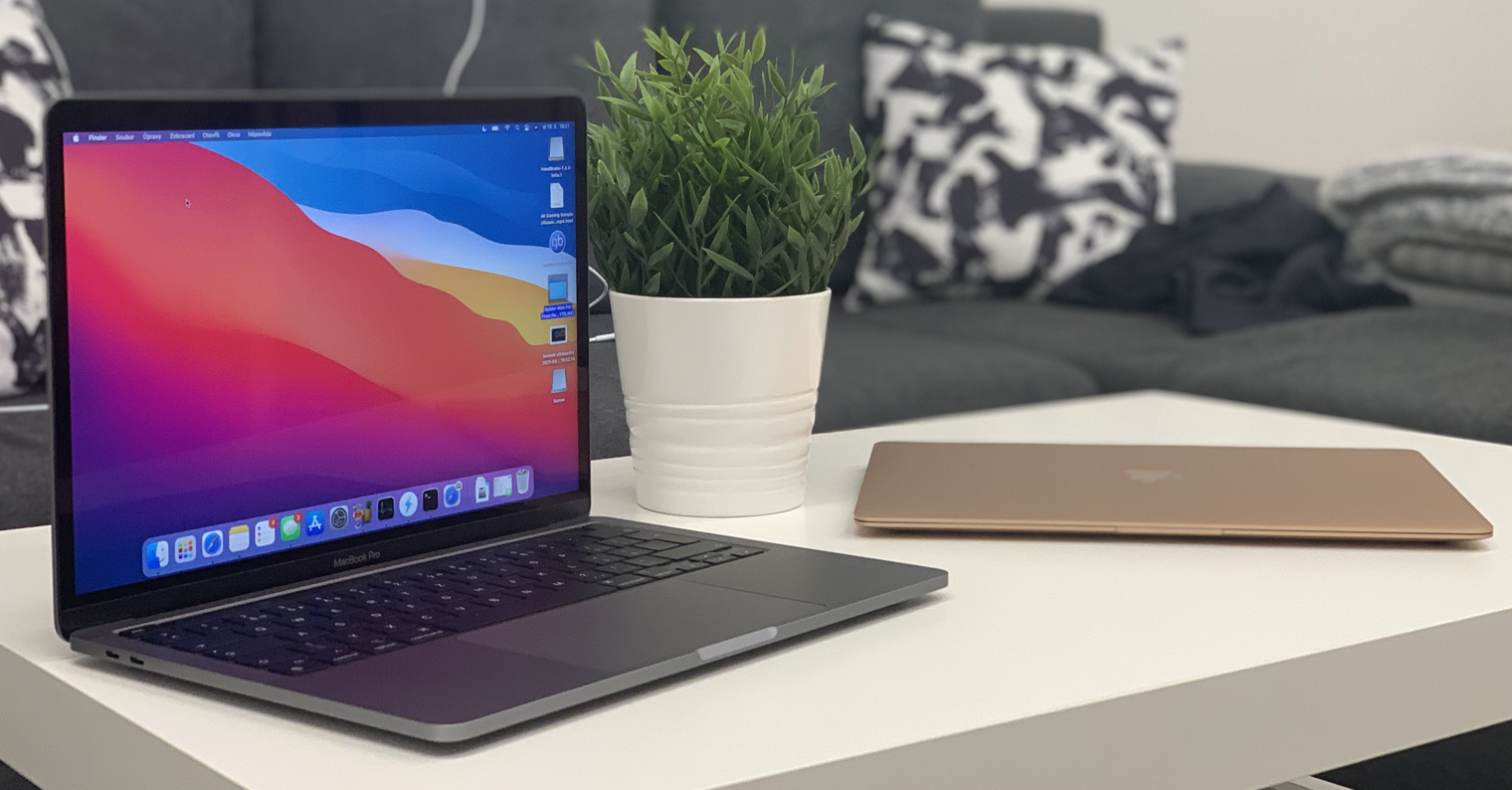
A record-breaking transition
The original press release stated that the move would begin in June 2006 and be completed by the end of 2007. But in reality, it was moving much faster. The first generation of Macintosh computers with an Intel processor was launched in January 2006 with the Mac OS X 10.4.4 Tiger operating system. In August, Jobs announced the transition to the latest models, which included the Mac Pro.
The last version of Mac OS X to run on PowerPC chips was the 2007 Leopard (version 10.5), released in October 2007. The last version to run applications written for PowerPC chips using the Rosetta binary compiler was Snow Leopard from 2009 (version 10.6). Mac OS X Lion (version 10.7) ended support entirely.
MacBooks with Intel processors have become somewhat legendary. Their aluminum unibody body was almost perfect. Apple was able to get the most out of it here, even in terms of the size and weight of the devices themselves. The MacBook Air fit in a paper envelope, the 12" MacBook didn't weigh a single kilogram. But there were also problems, such as a malfunctioning butterfly keyboard or the fact that in 2016 Apple fitted its MacBook Pros only with USB-C connectors, which many could not discard until last year's successors. Even so, in 2020, the year it announced the switch to its chips, Apple was the fourth largest computer manufacturer.
It could be interest you

Intel isn't done yet (but will be soon)
Apple has often been criticized for not responding sufficiently to market developments, and that even its professional computers at the time of release often used a processor a generation older than its competition already had. Given the volume of deliveries, and therefore the need to purchase processors, it simply pays for Apple to do everything under one roof. Moreover, there are few technologies more important to a computer hardware company than the chips on which the machines themselves run.
Basically, there are only three machines in the company's offer that you can buy with an Intel processor. There's the 27" iMac that's due for a replacement soon, the 3,0GHz 6-core Intel Core i5 Mac mini that's due for removal soon, and of course the Mac Pro, around which there are significant questions as to whether Apple can even bring a similar machine with its solution. Considering the expectations from this year and the fact that sooner or later Apple will simply cut off Intel support in its computers, there is practically no point in actually thinking about buying these Macs.
Apple Silicon is the future. Moreover, it doesn't look like anything dramatic is going to happen in the Mac sales trend. It can be said that we still have at least 13 years of bright future of M-series chips ahead of us and I am extremely curious to see where the whole segment will develop.
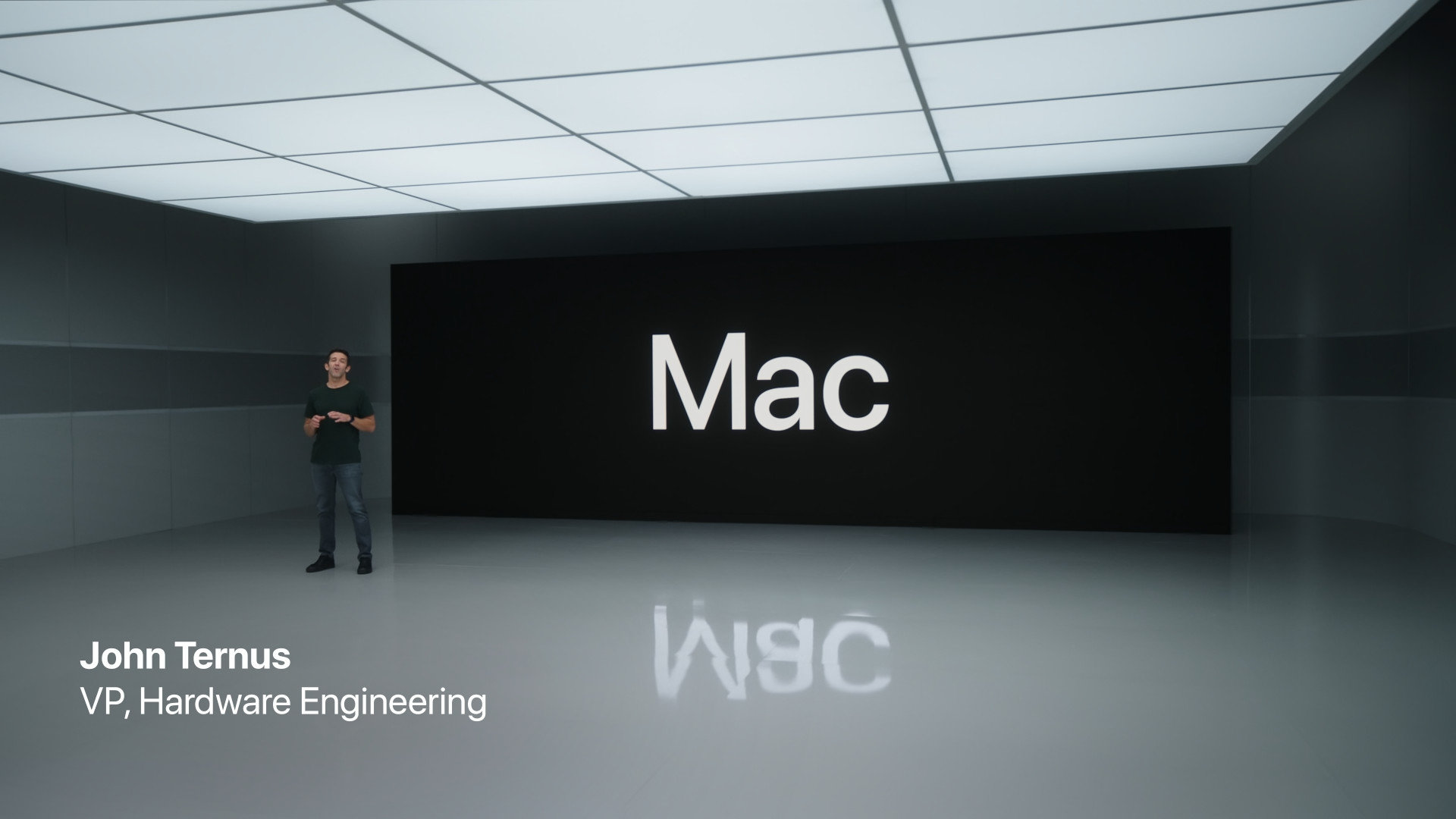
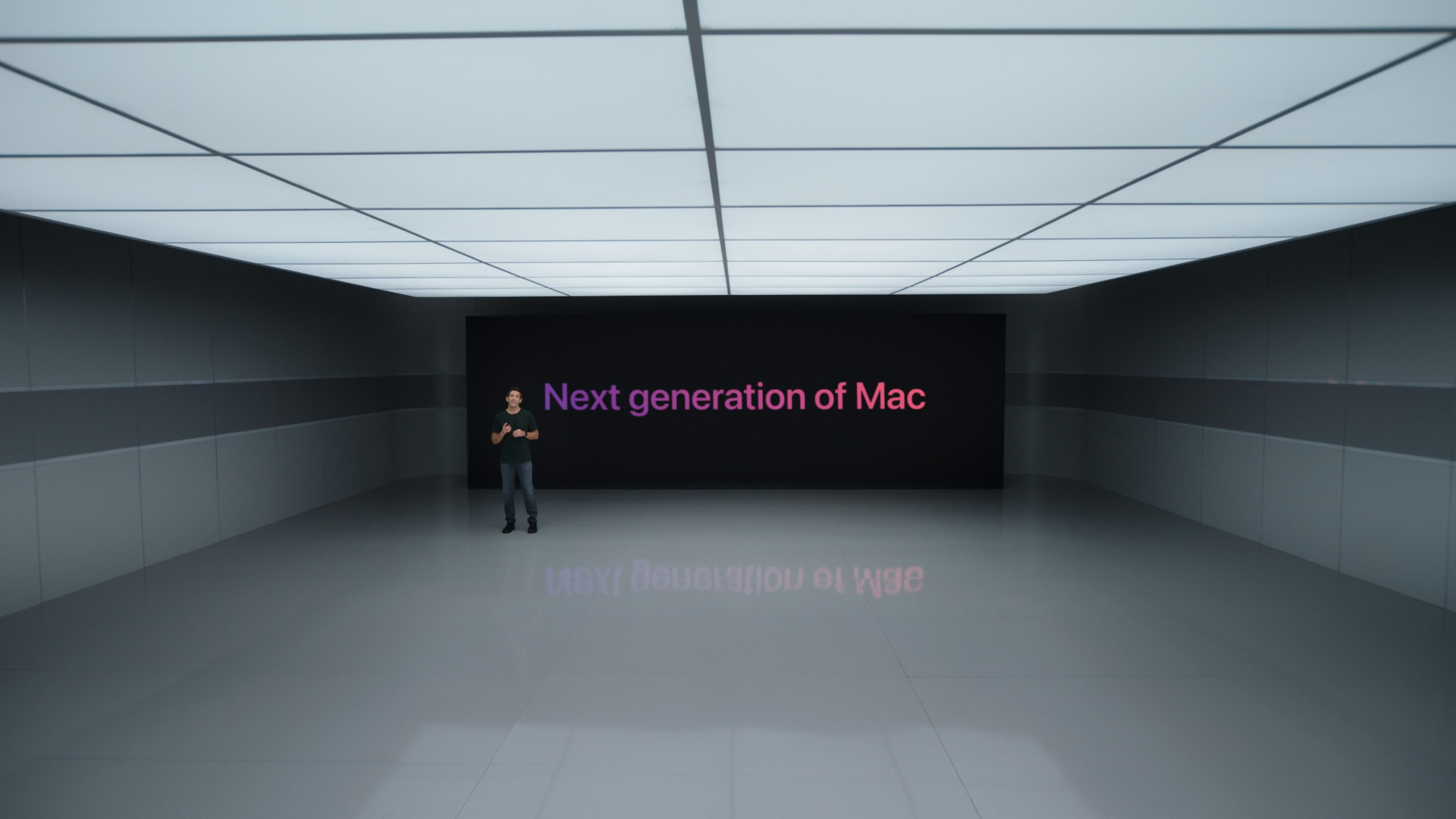
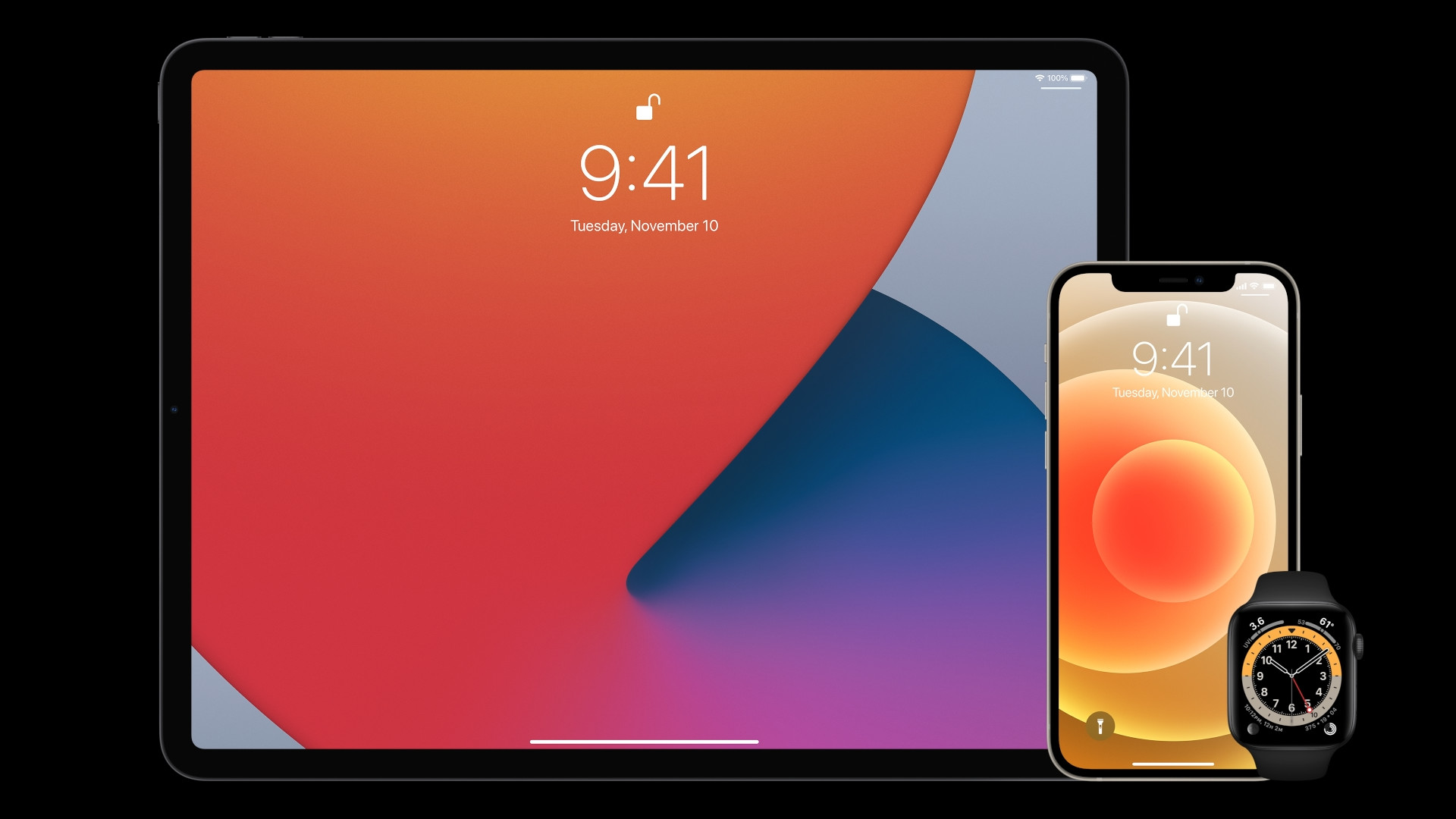
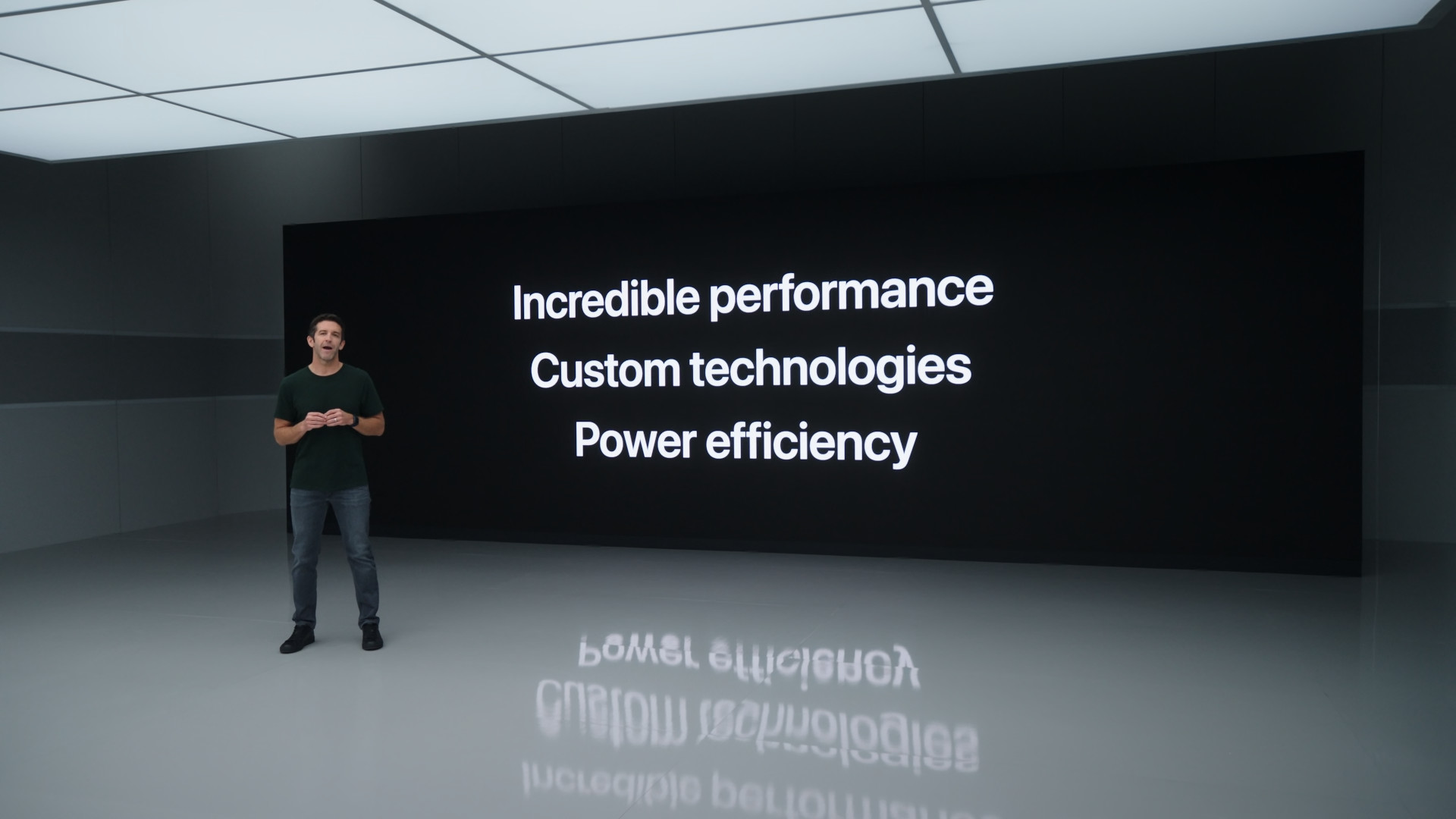

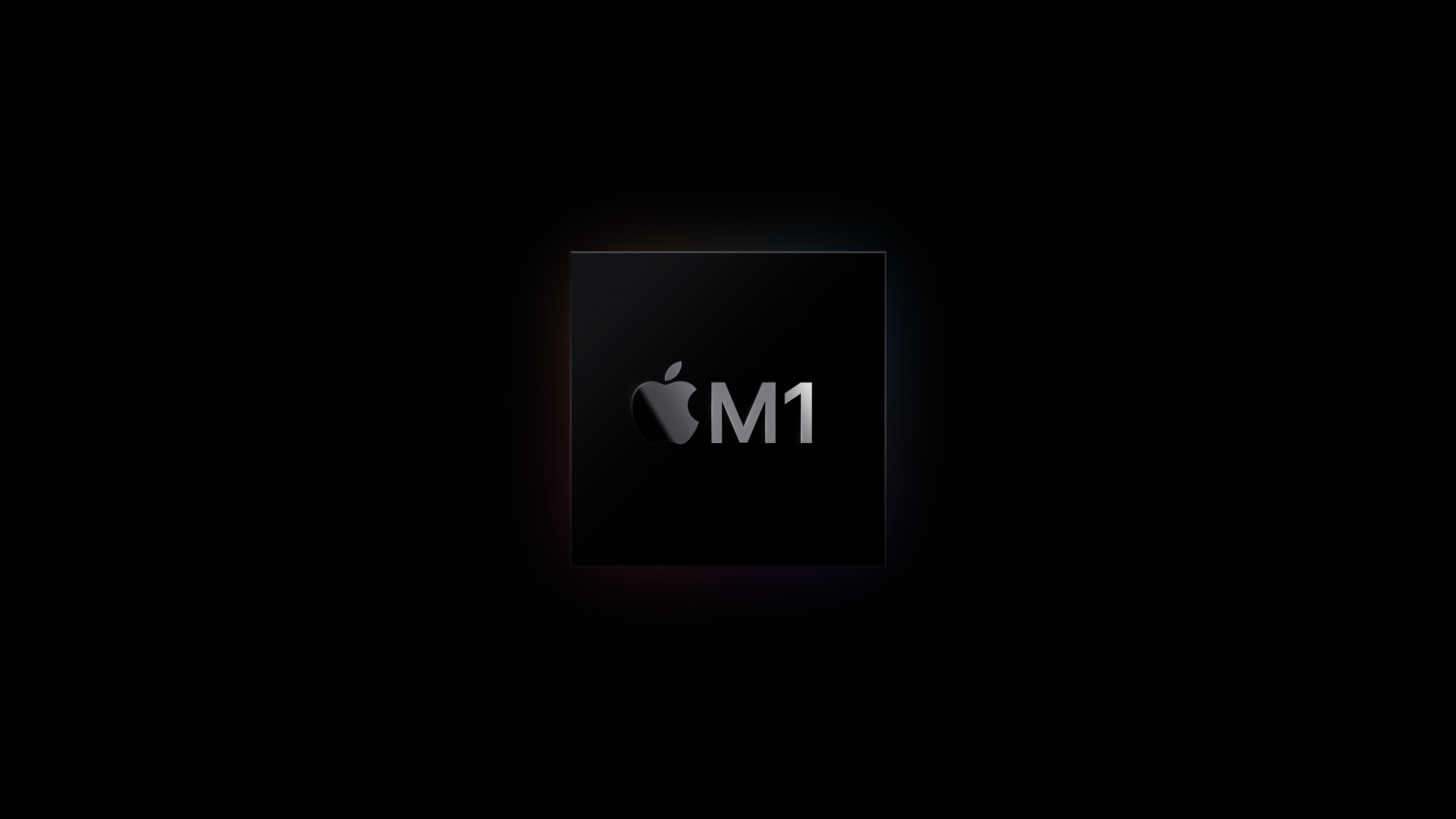
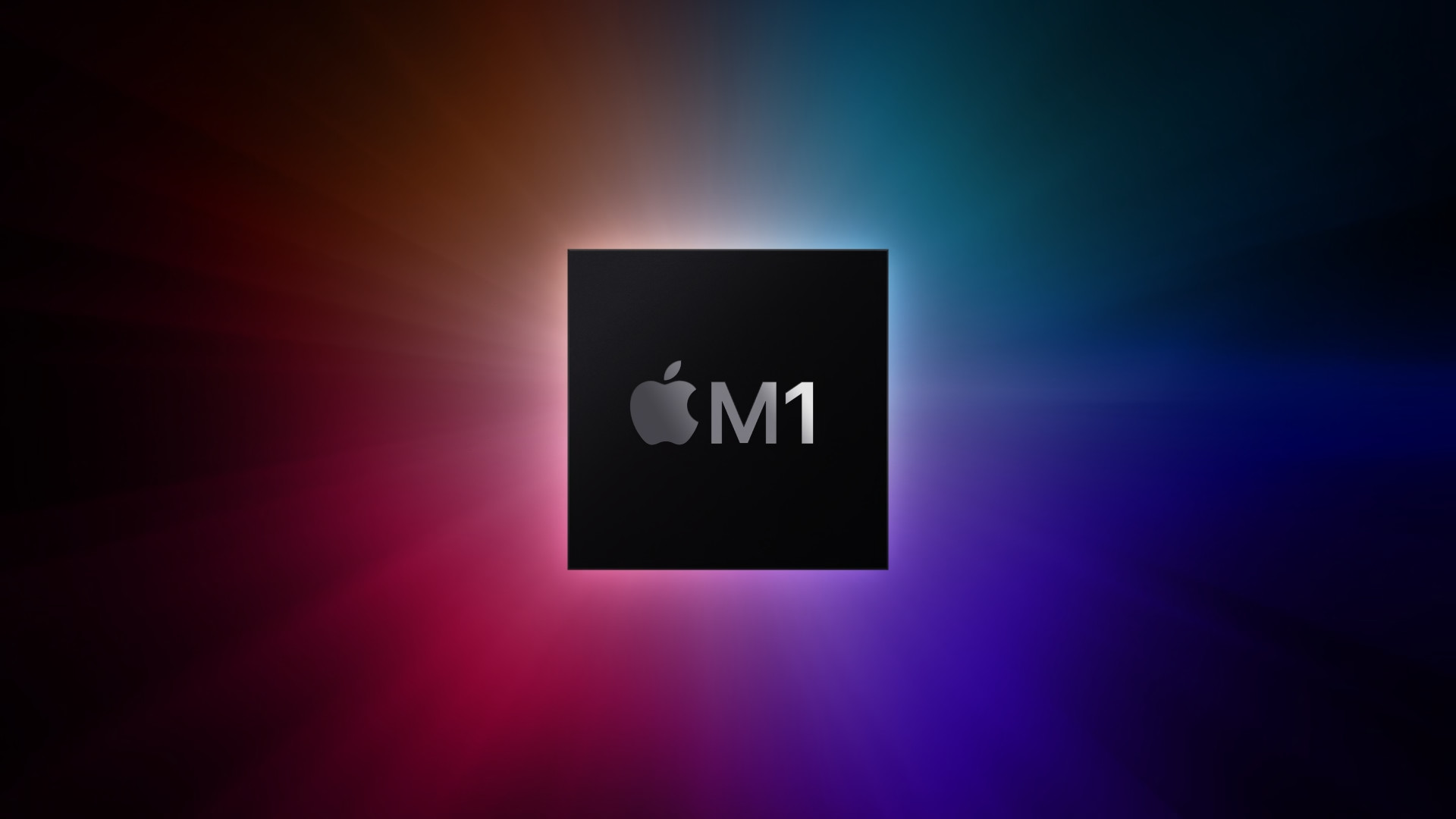
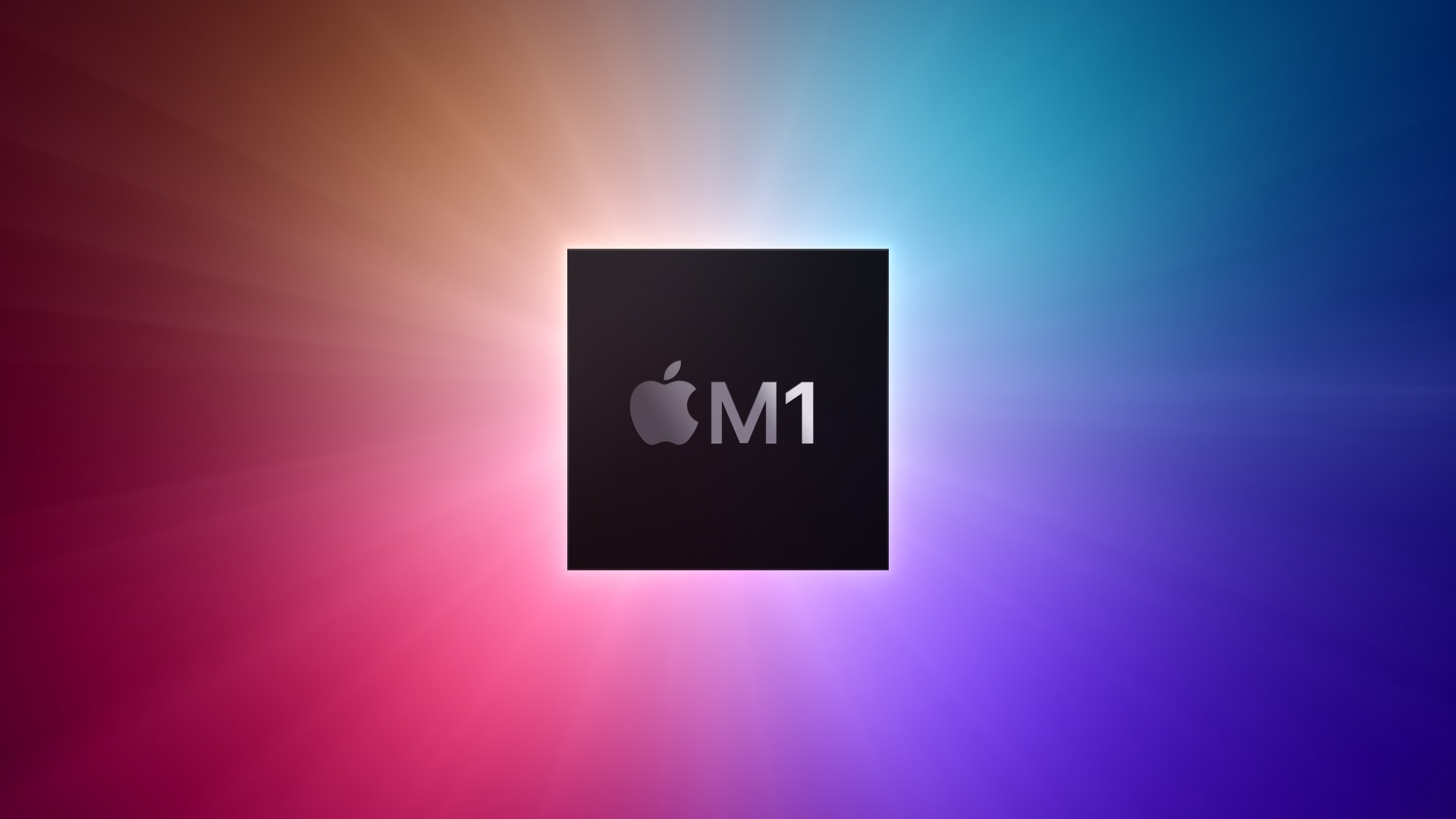
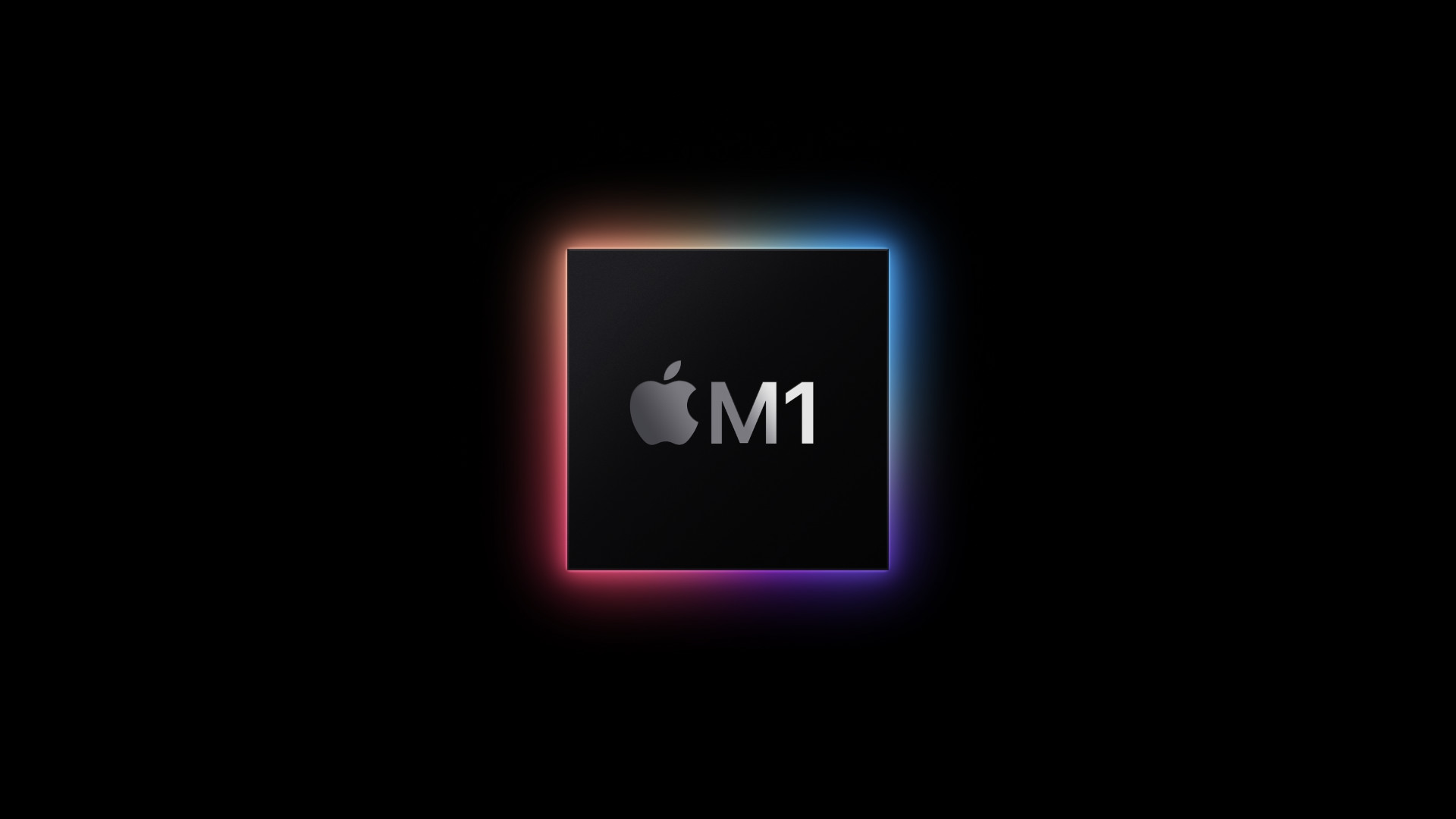
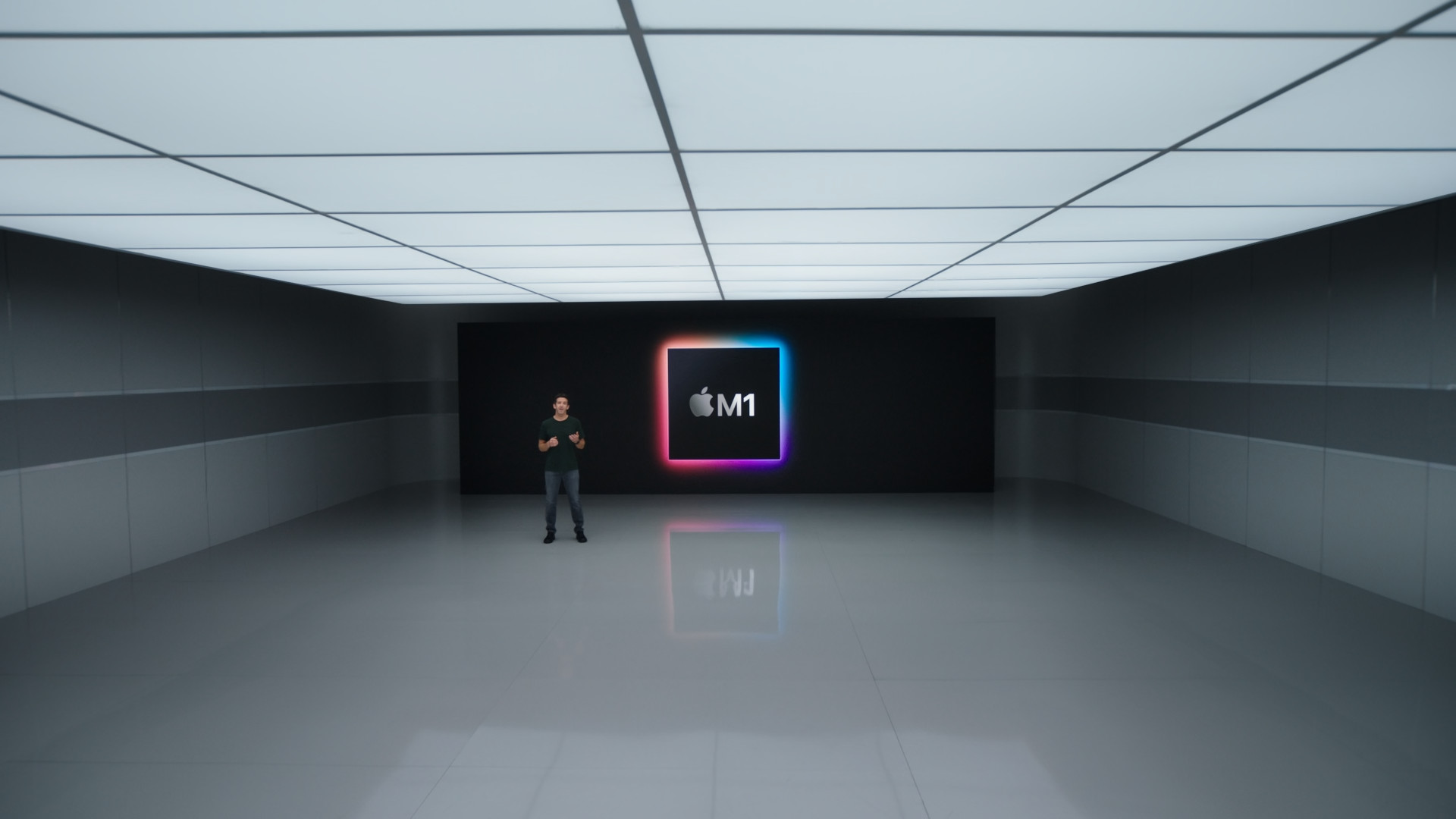


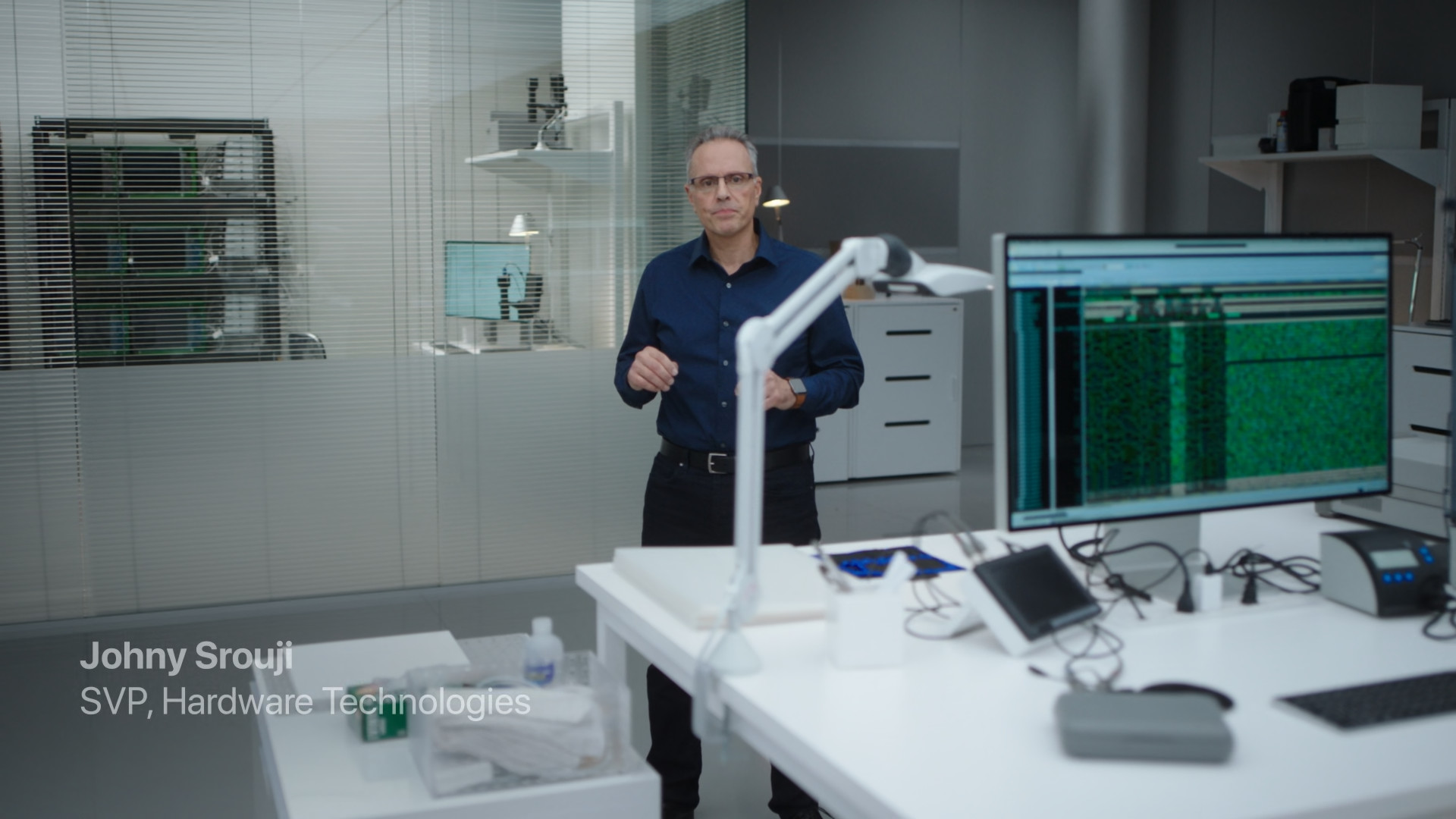


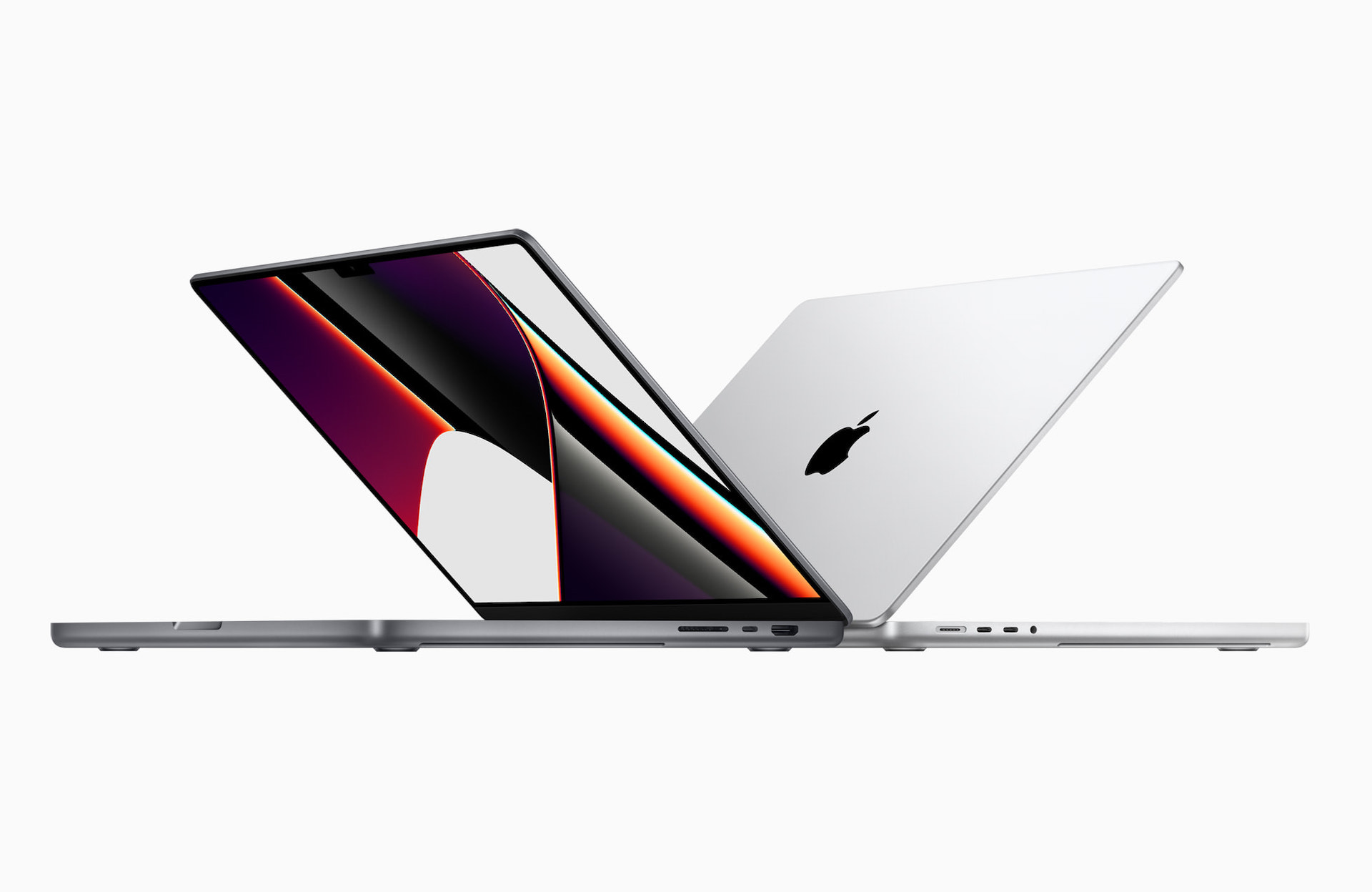
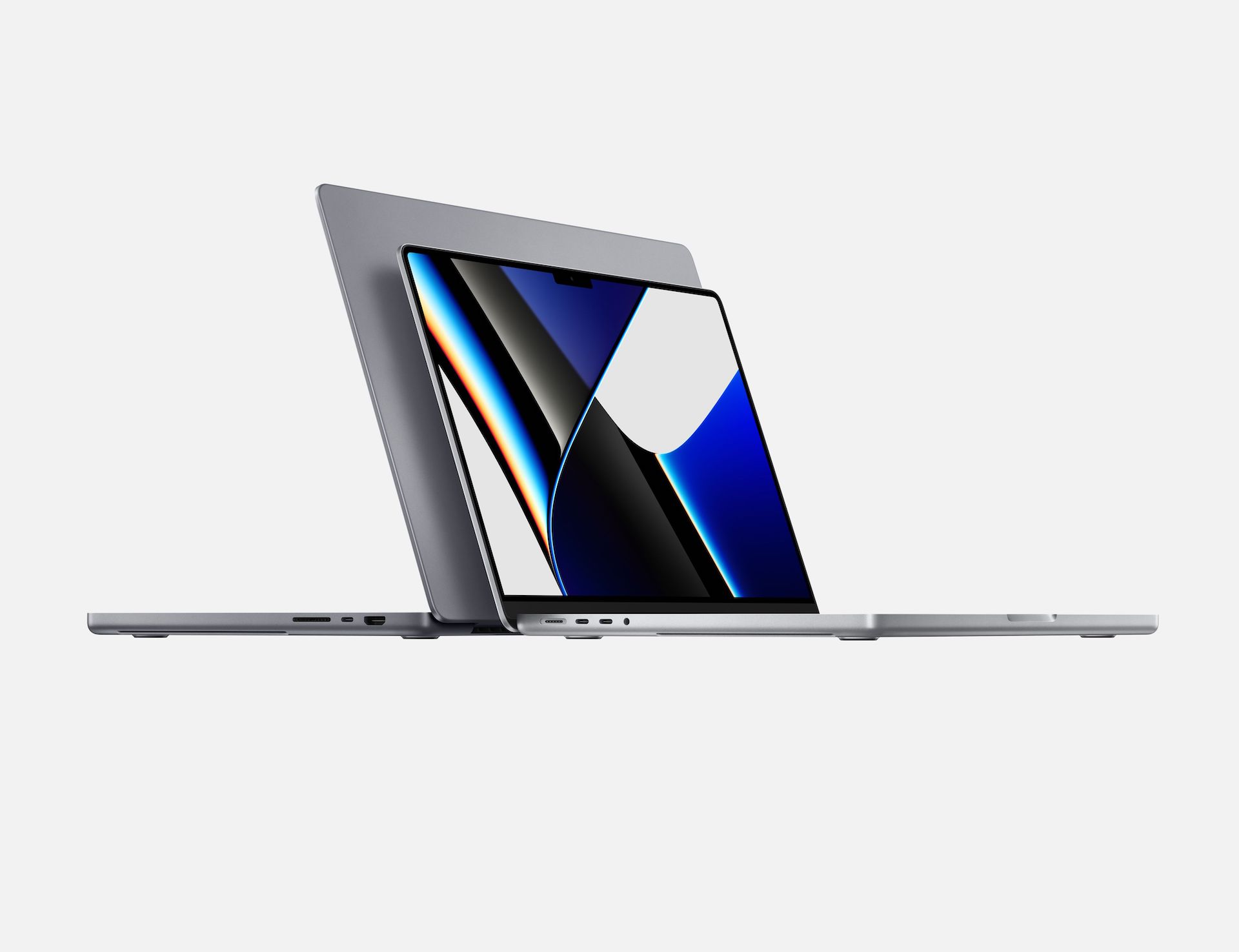
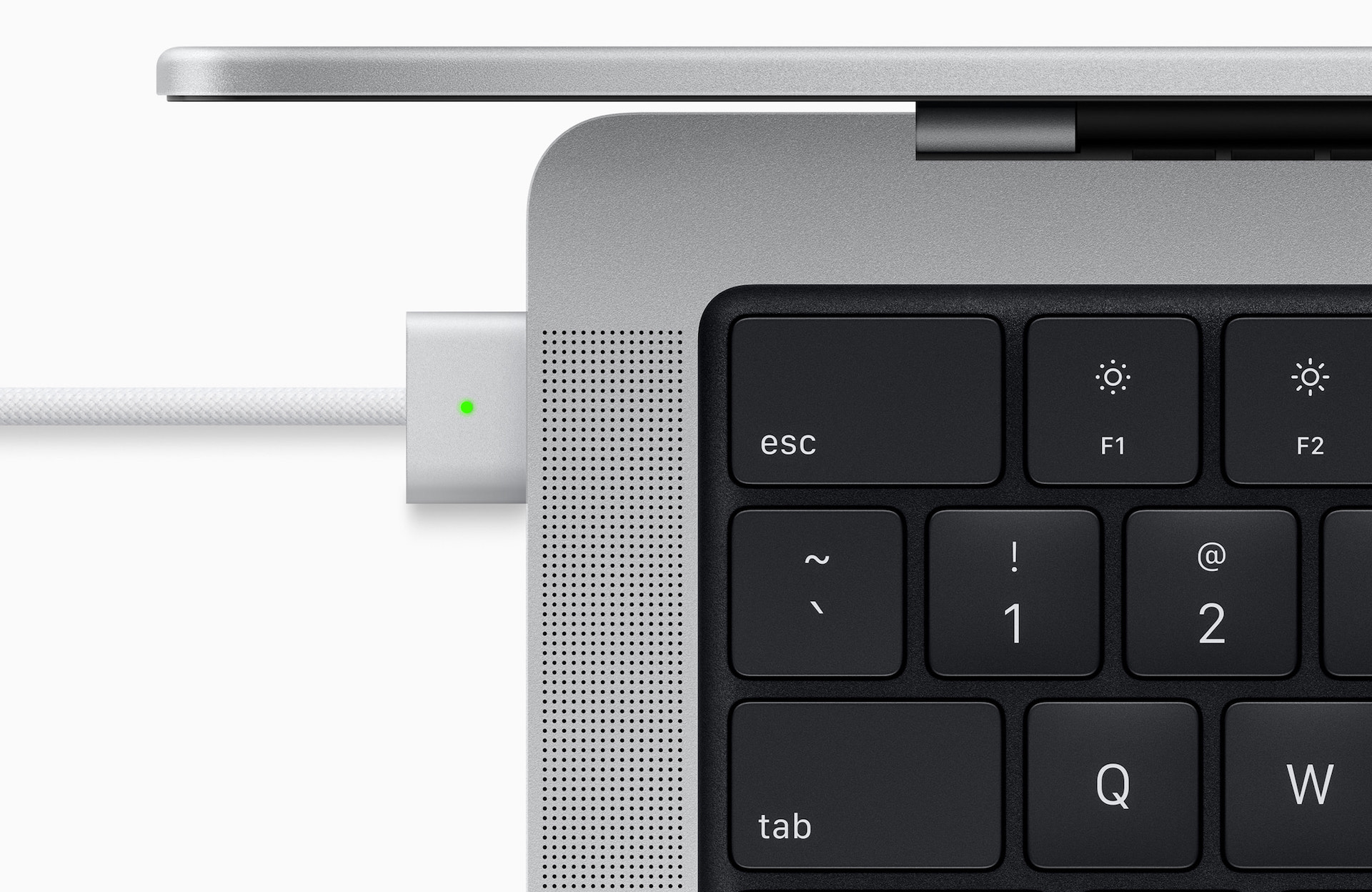
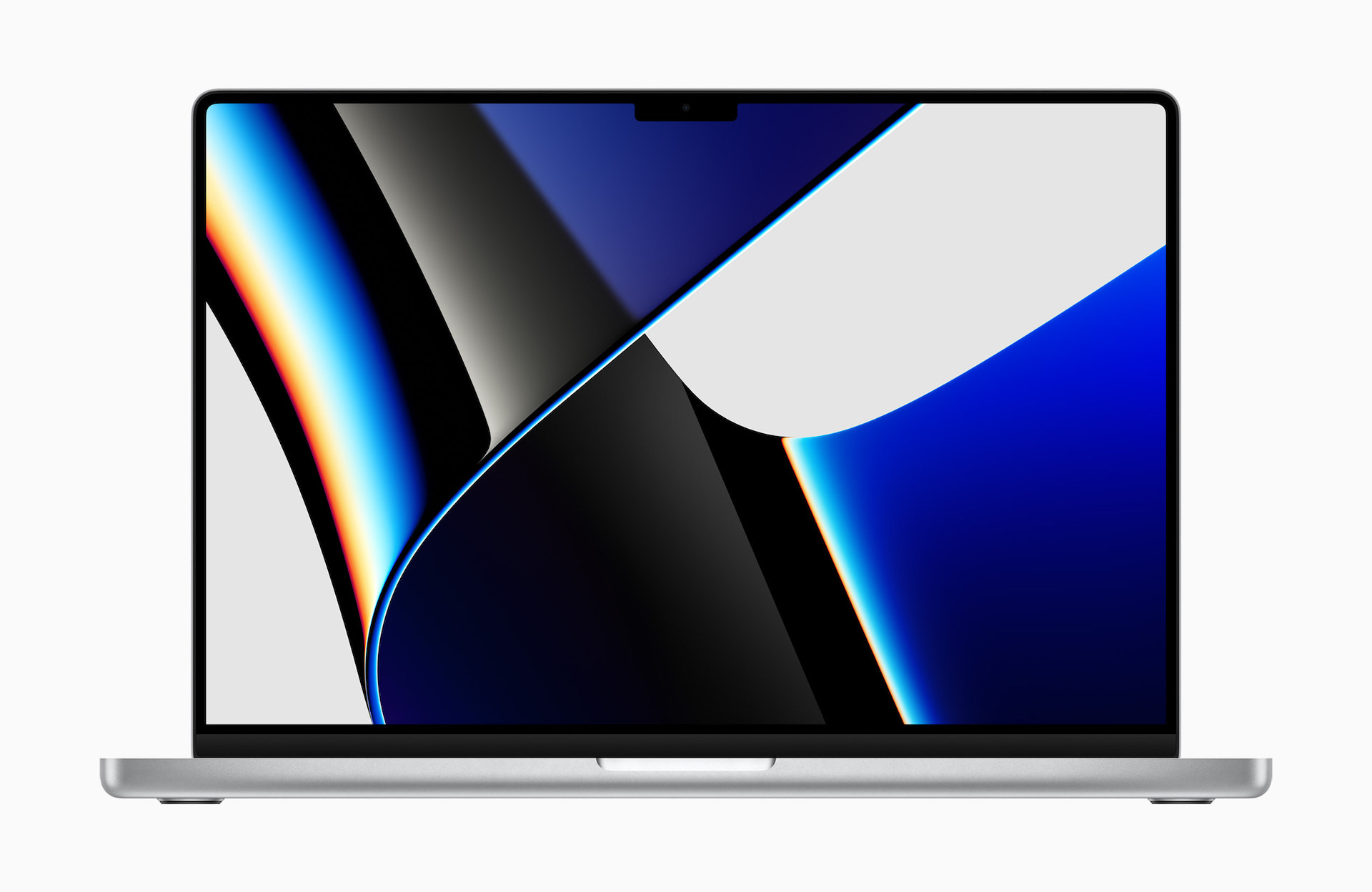
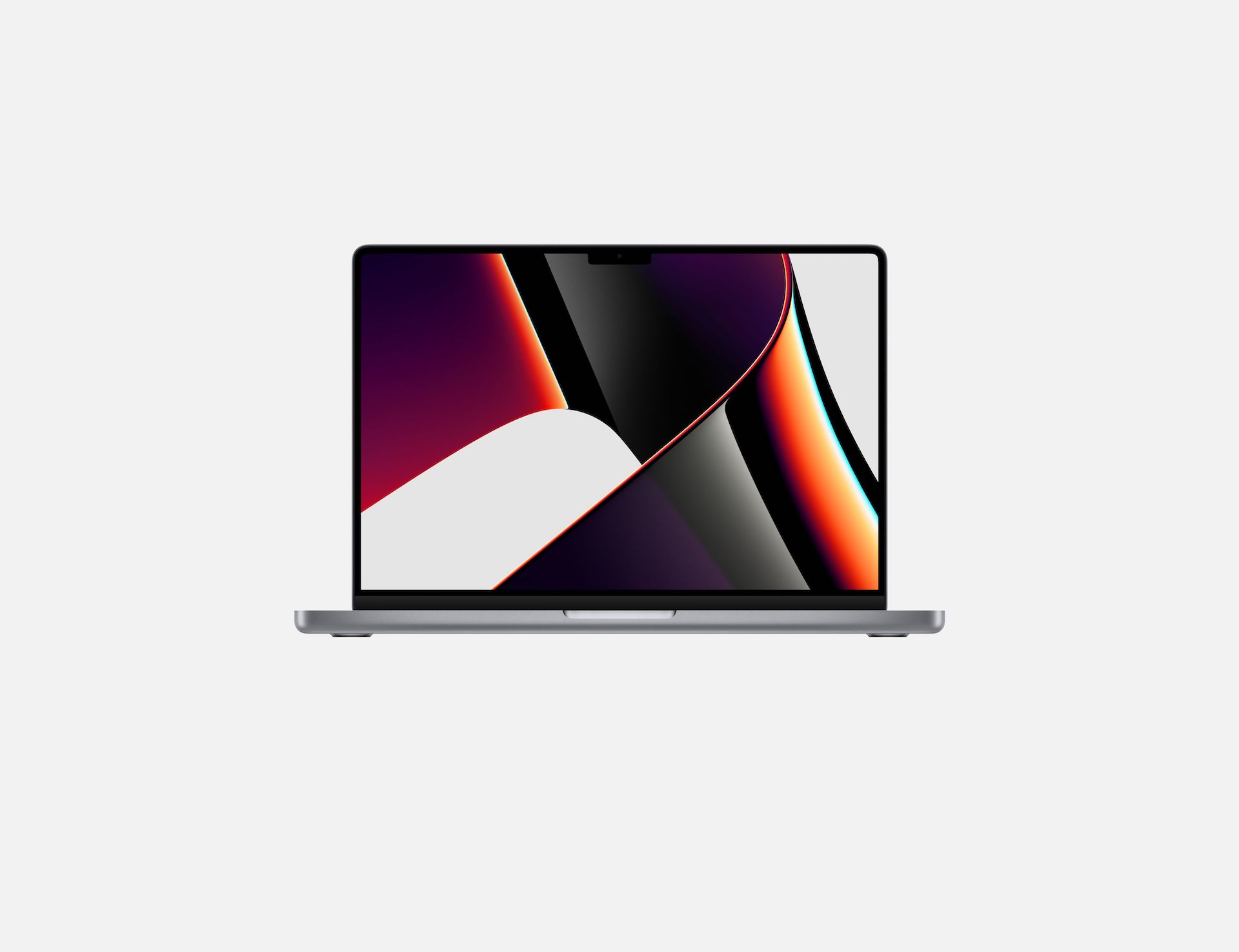

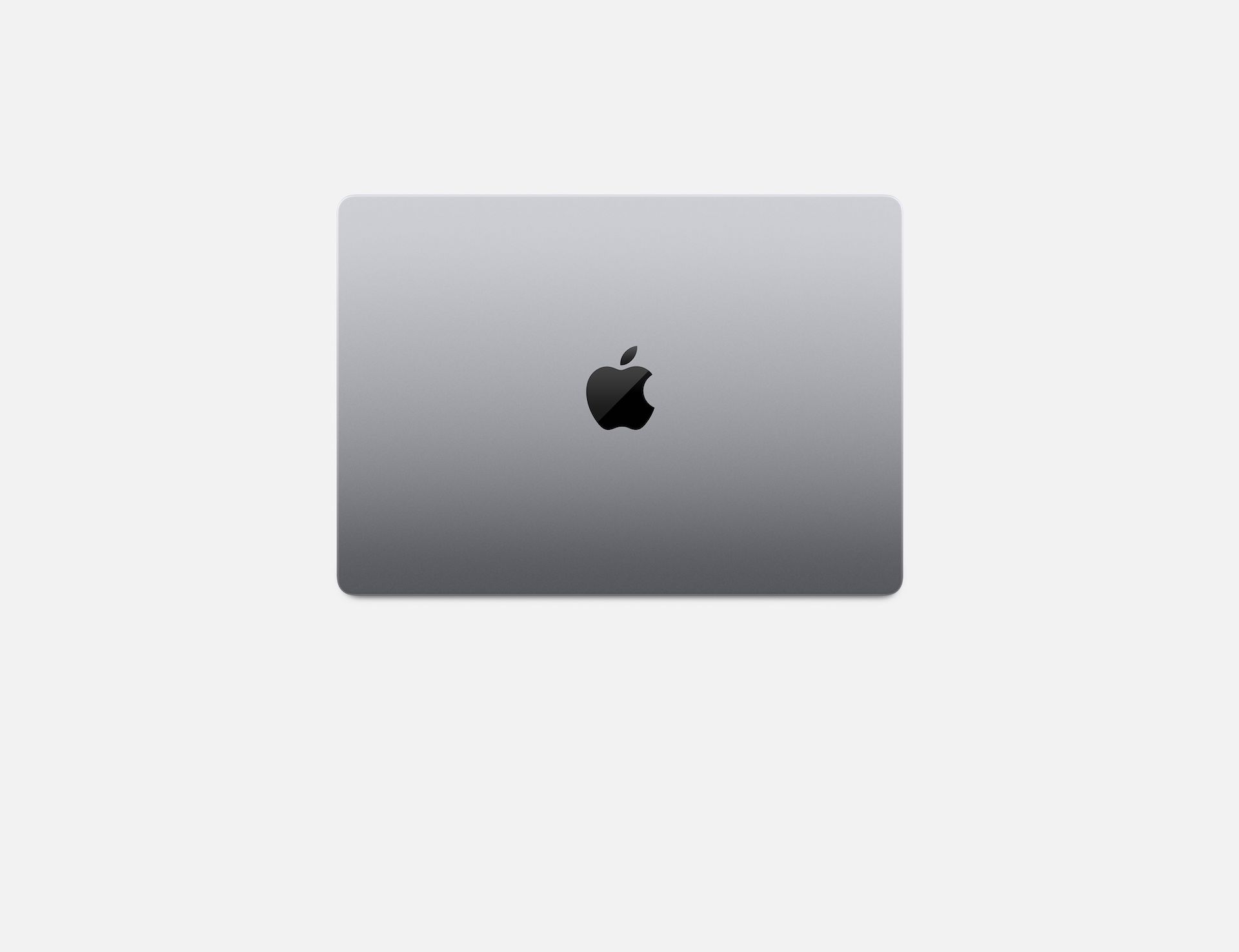
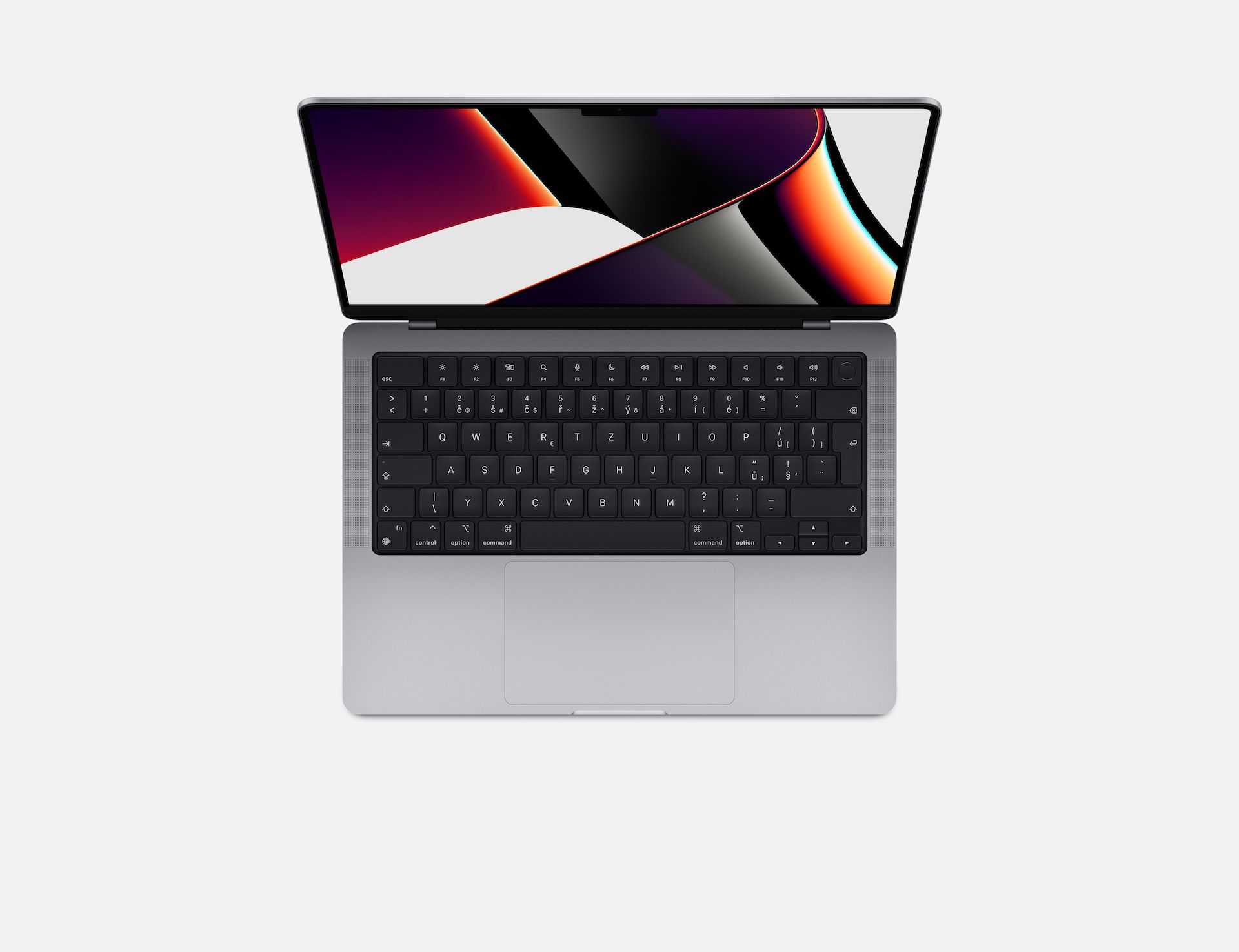
 Adam Kos
Adam Kos 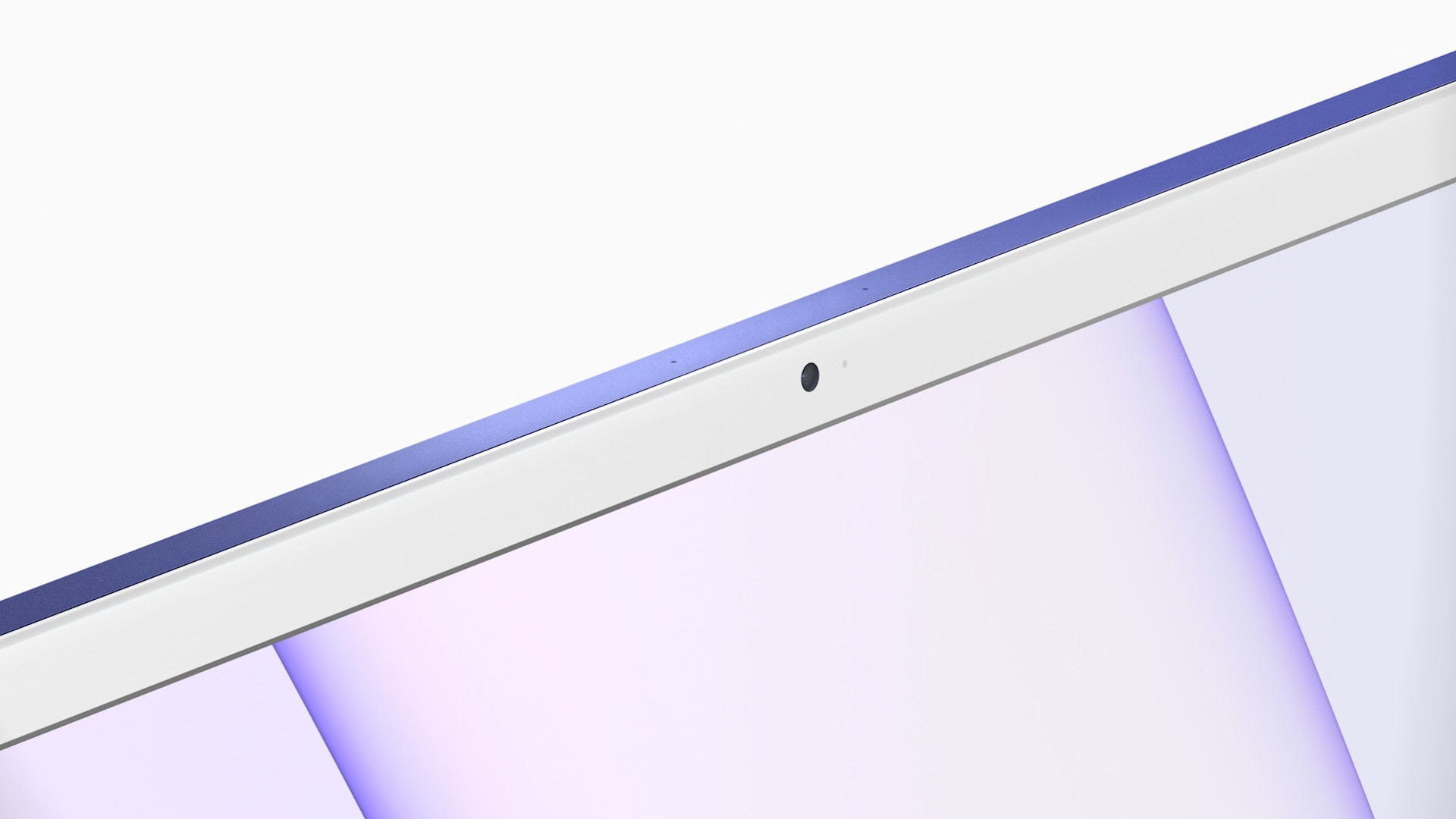


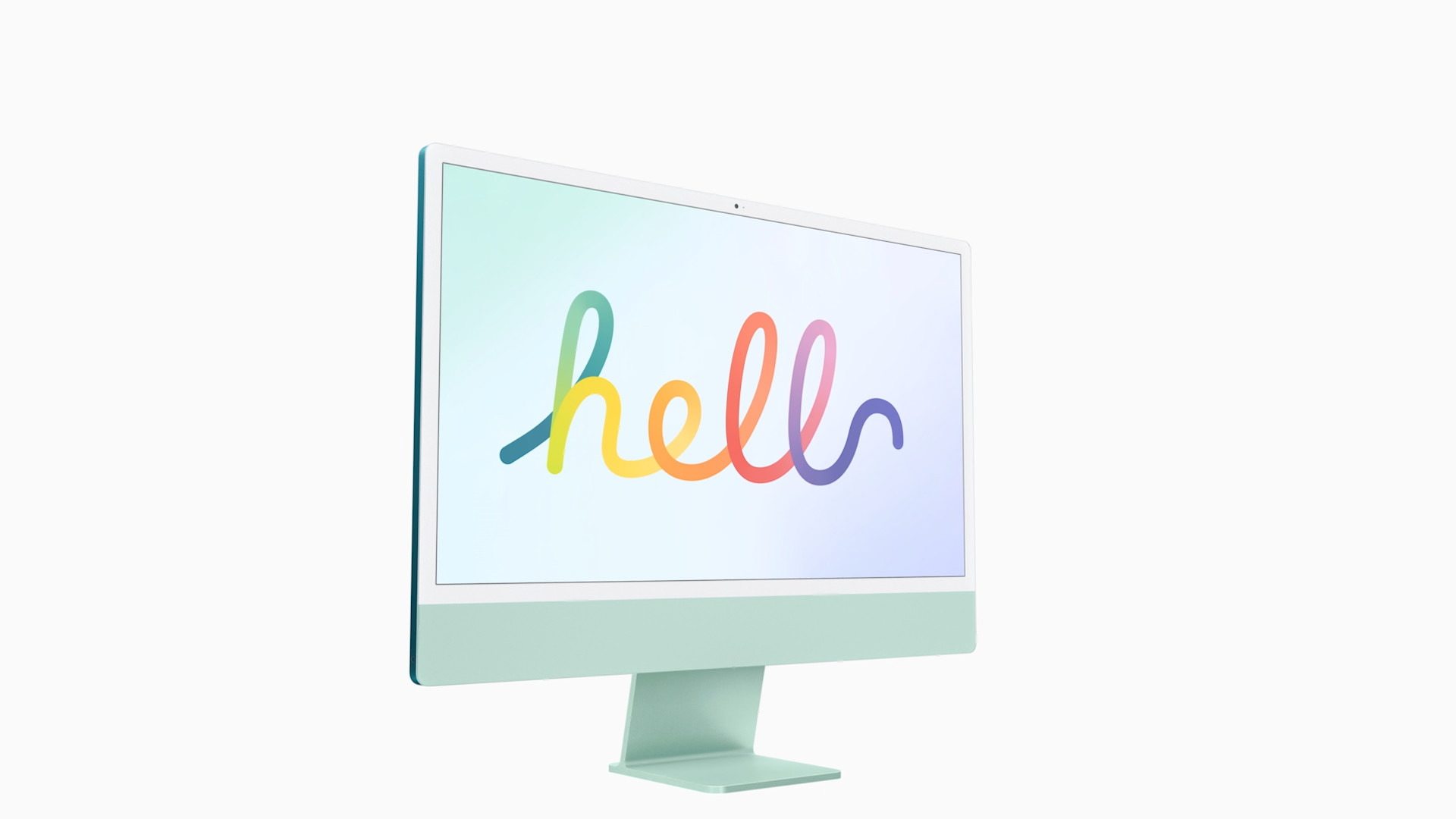

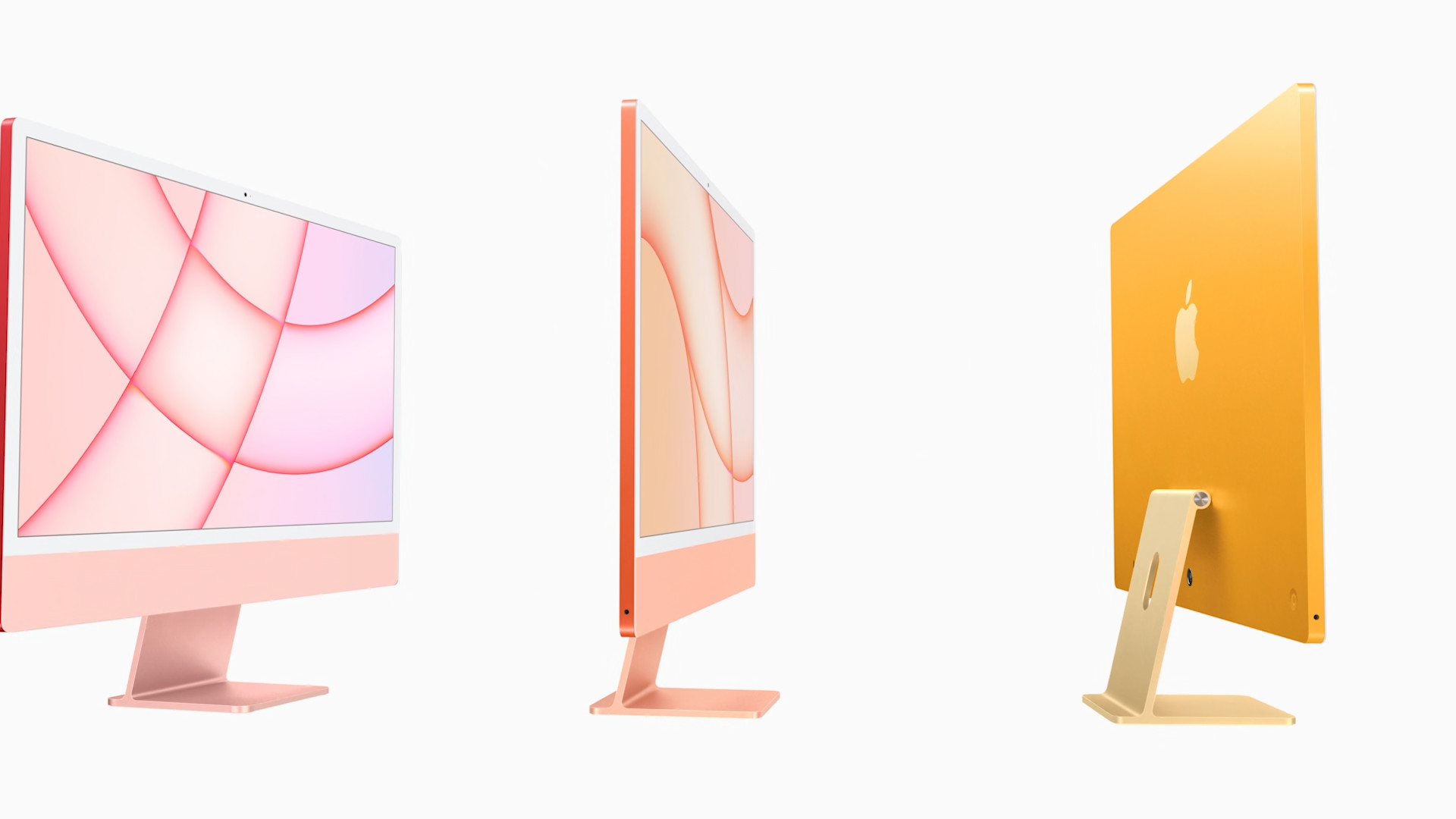
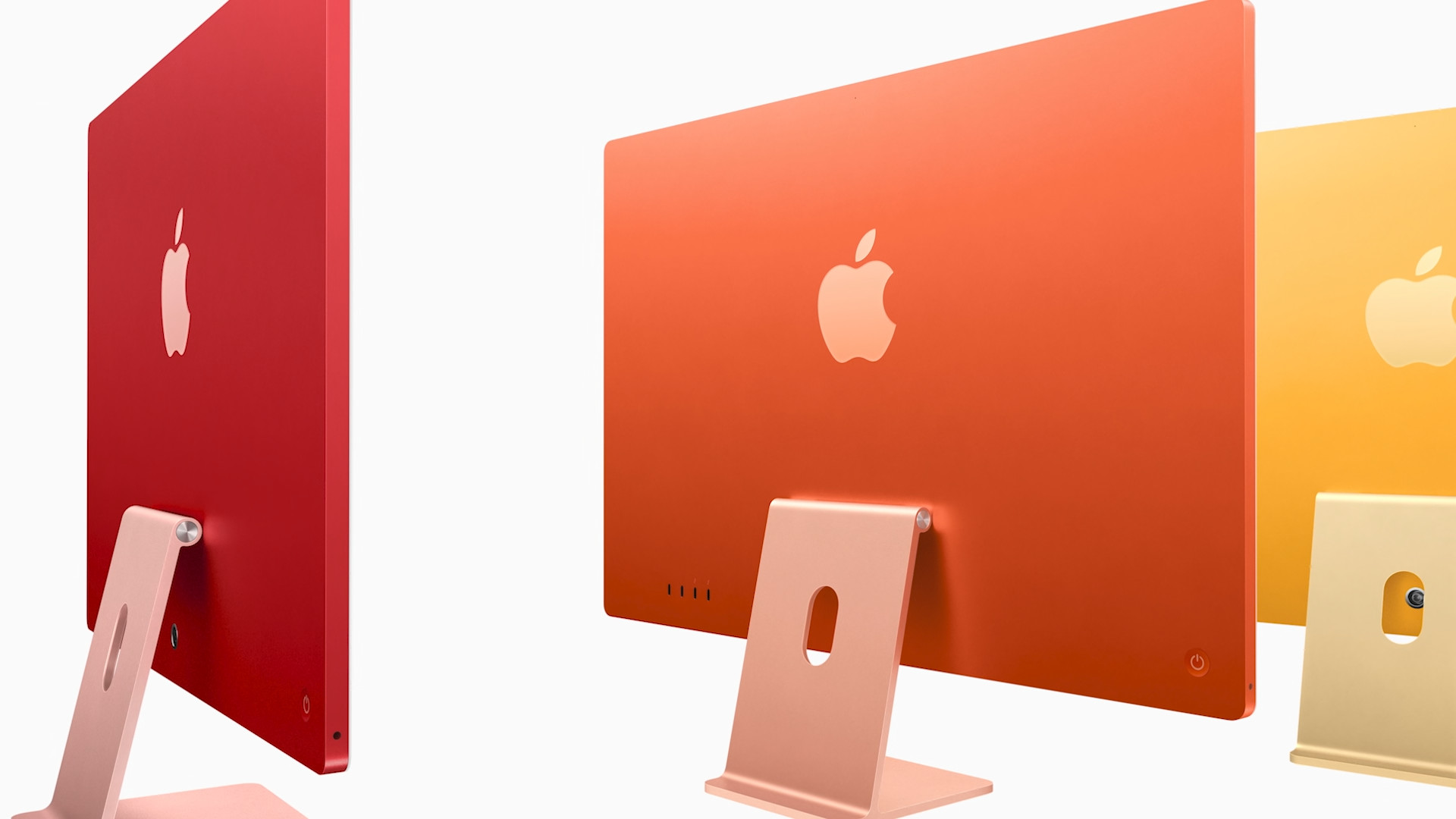


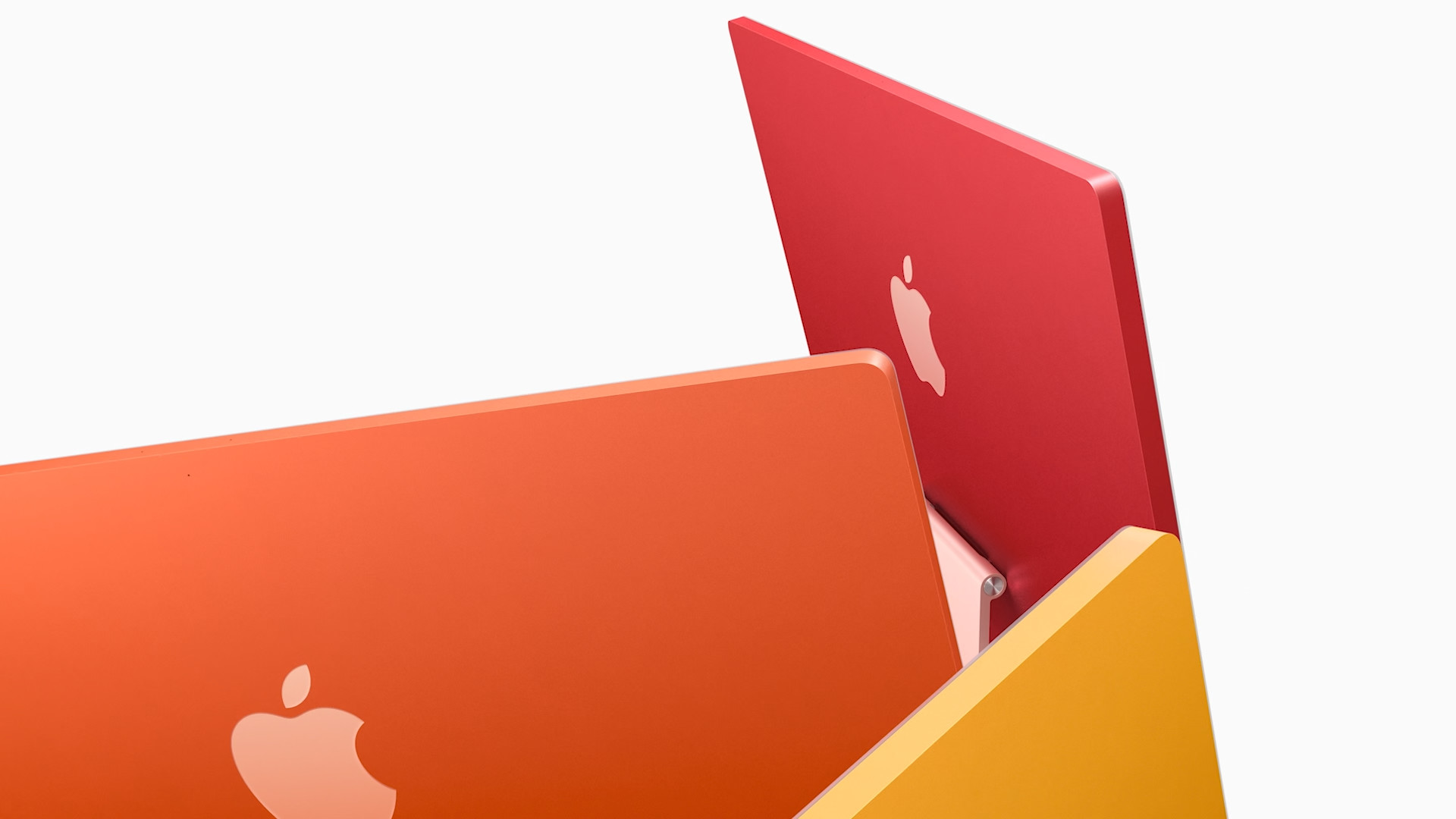
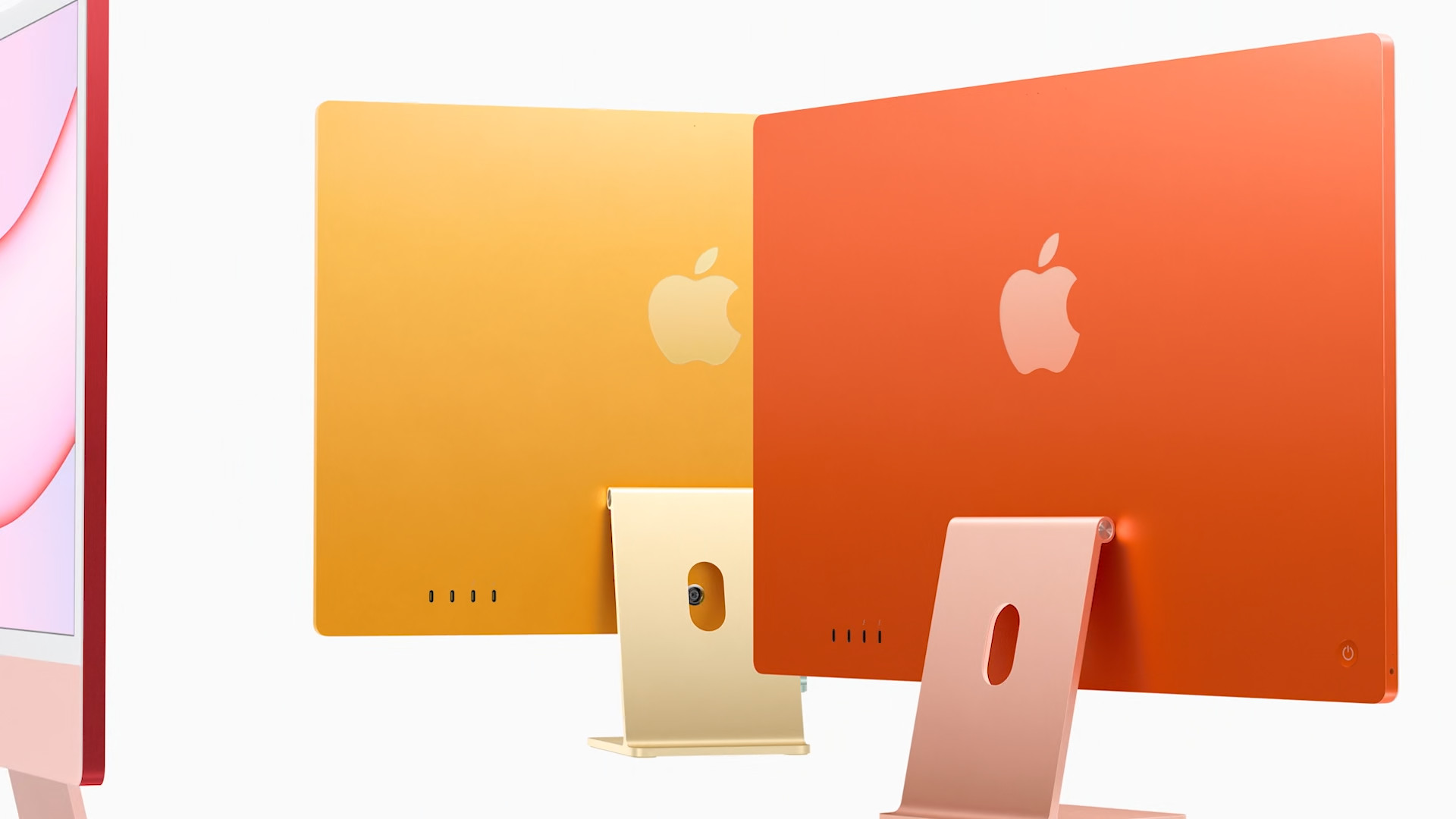

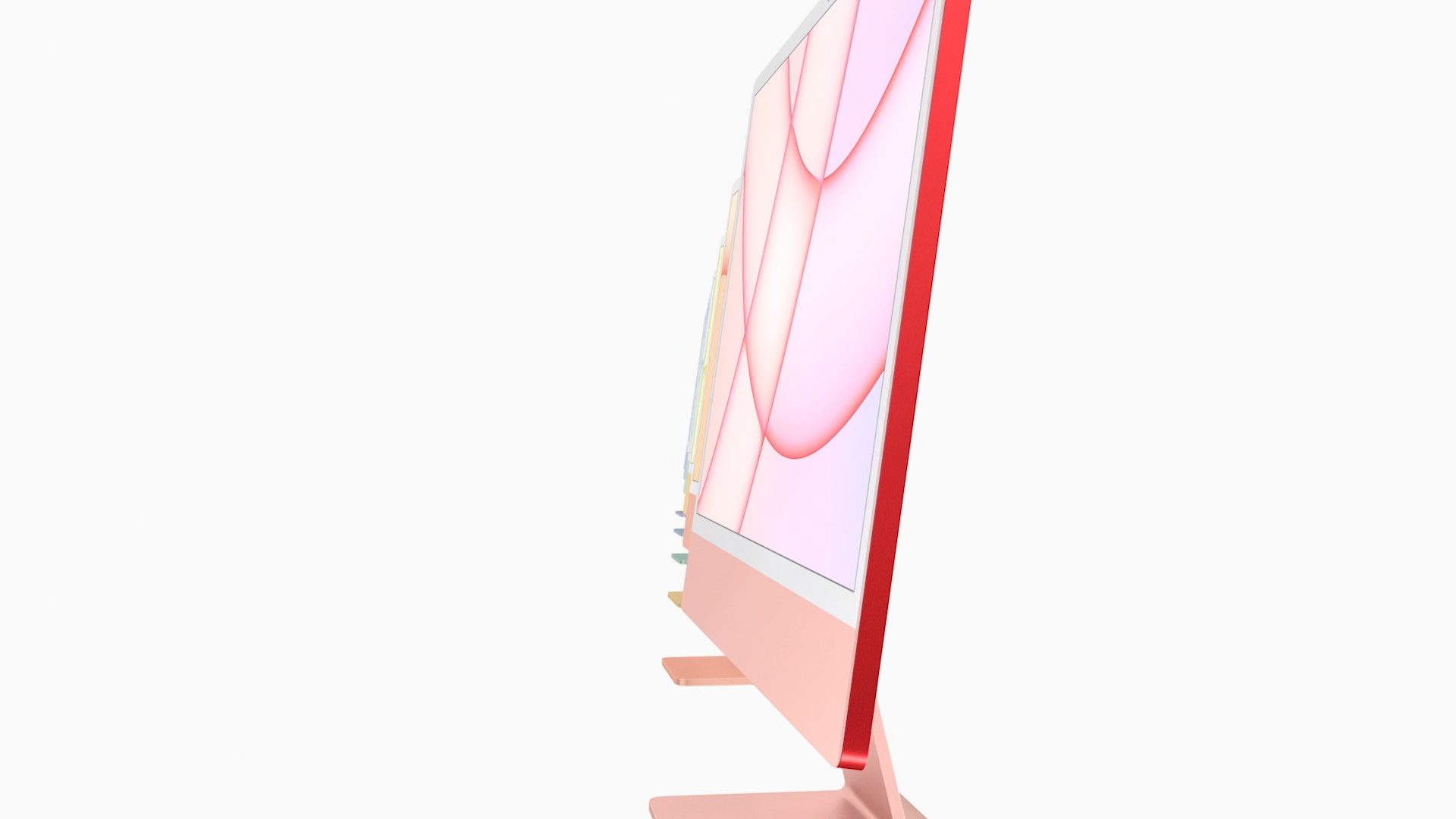



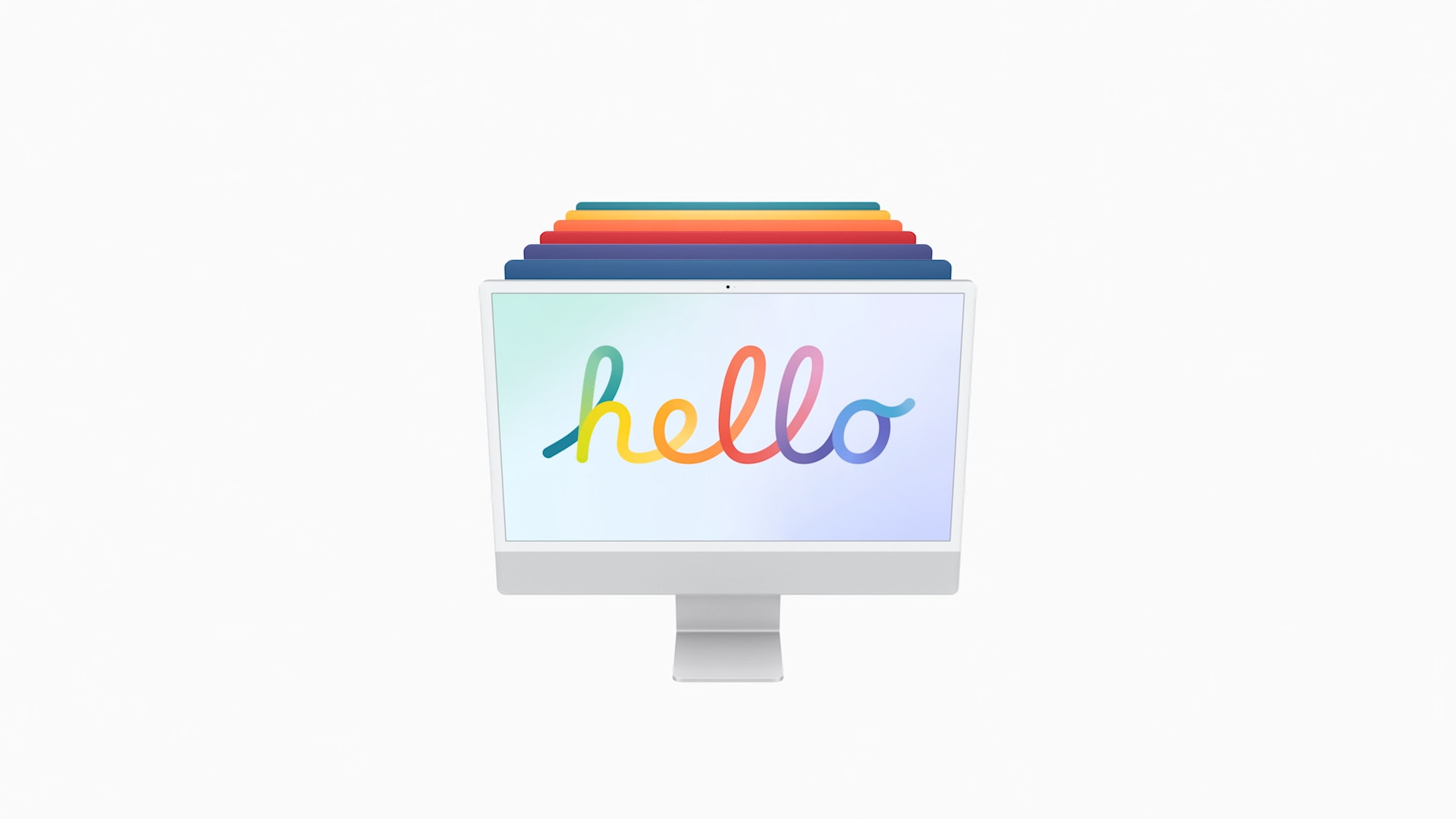



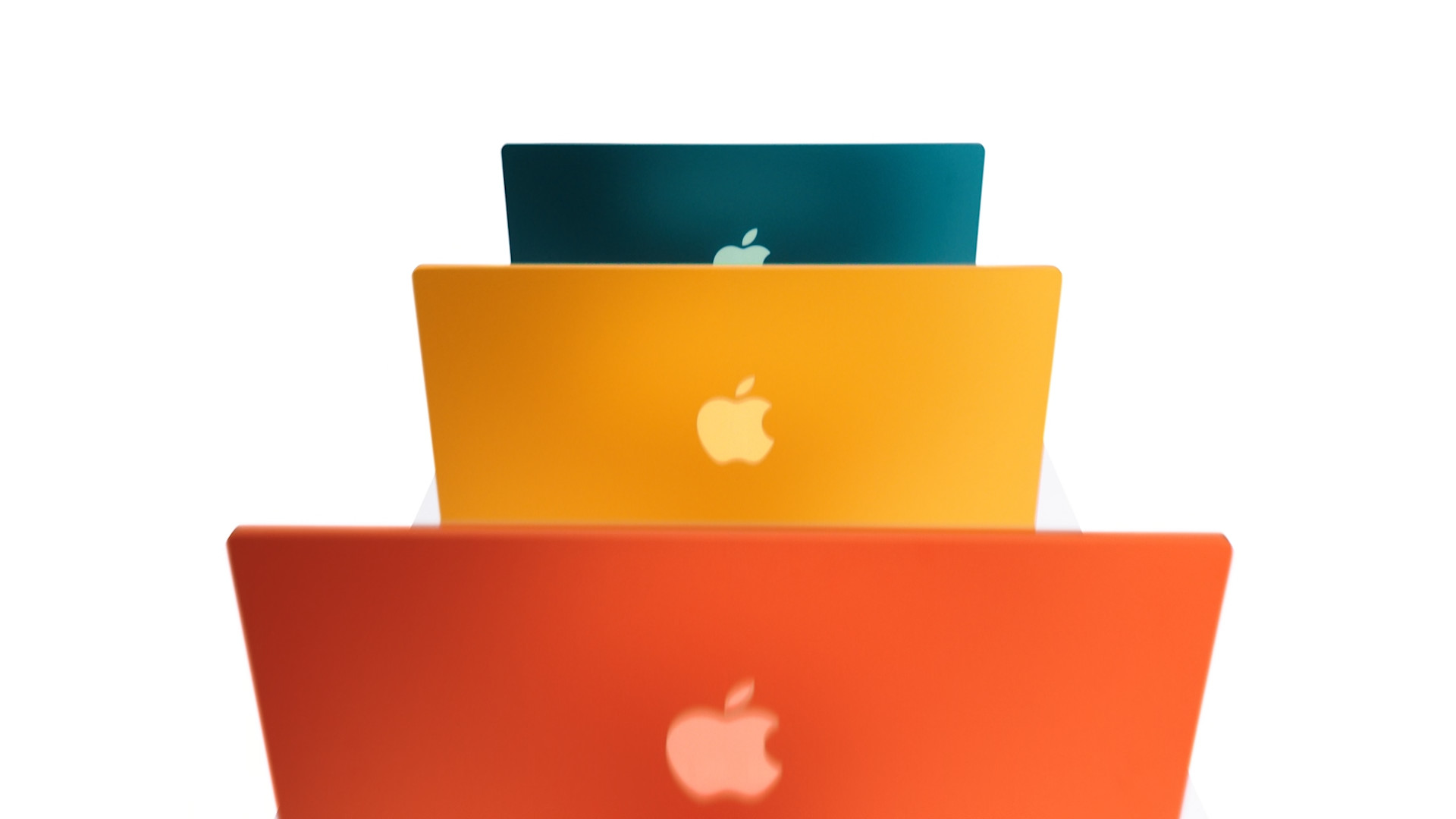
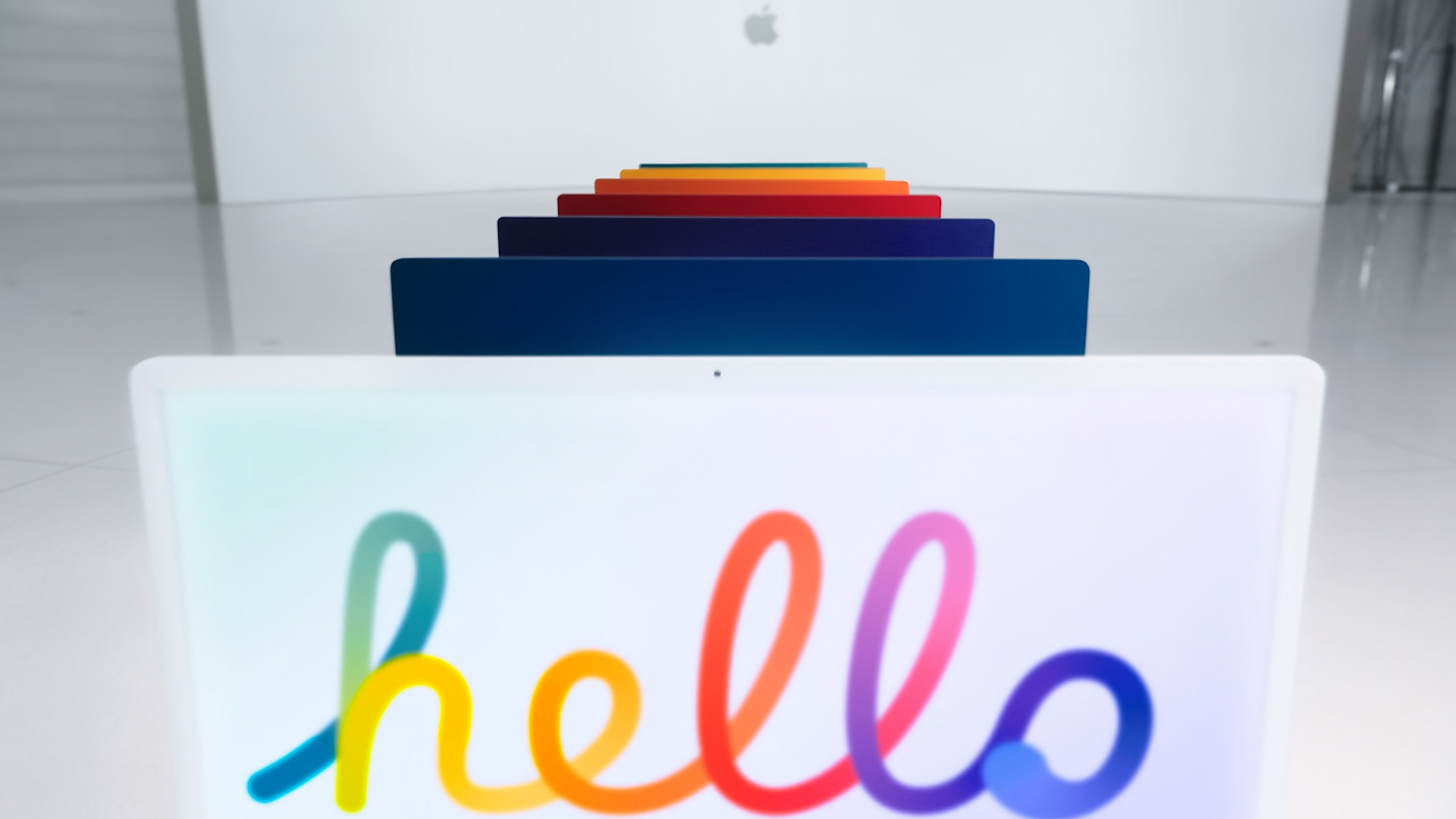
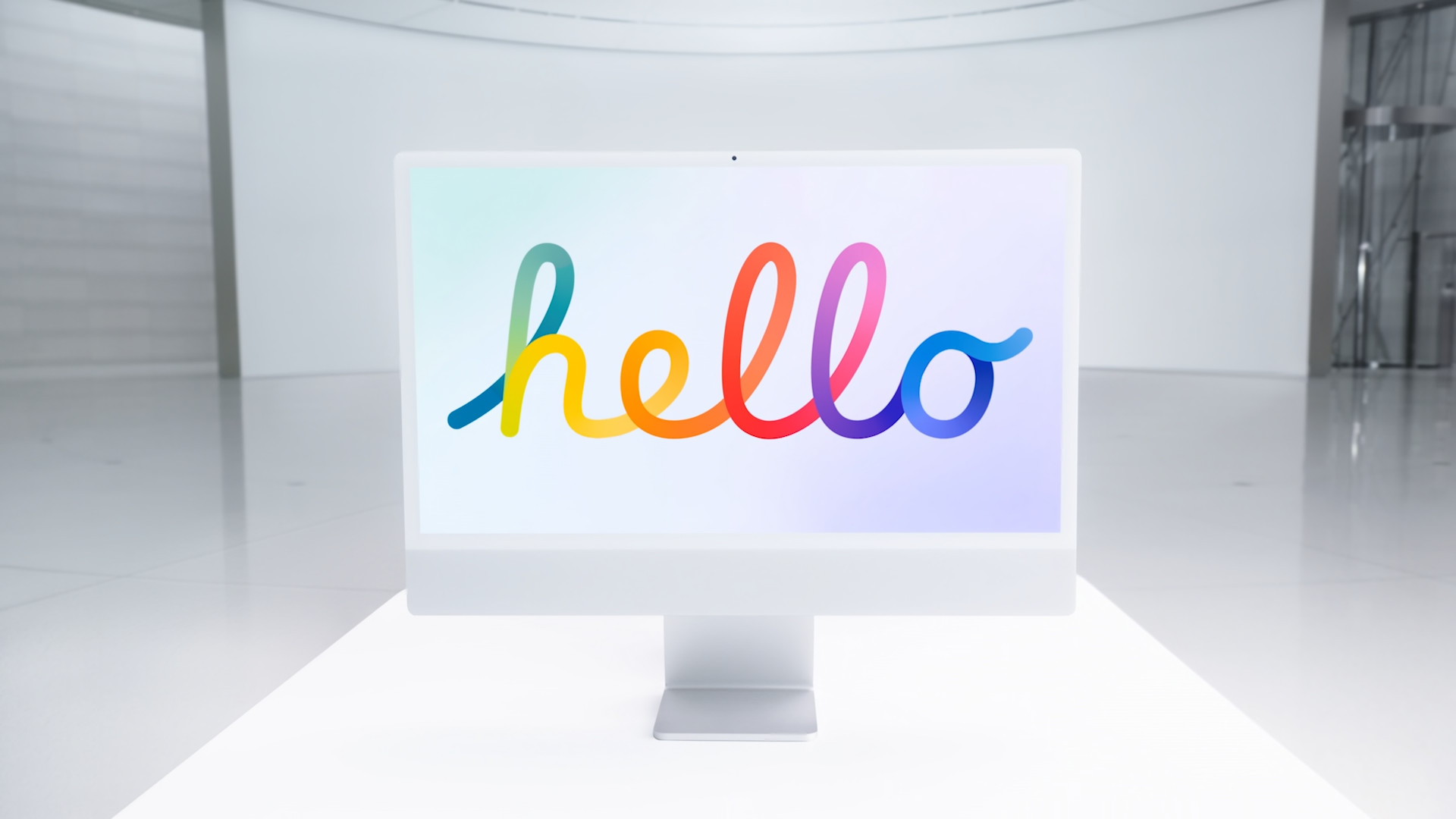
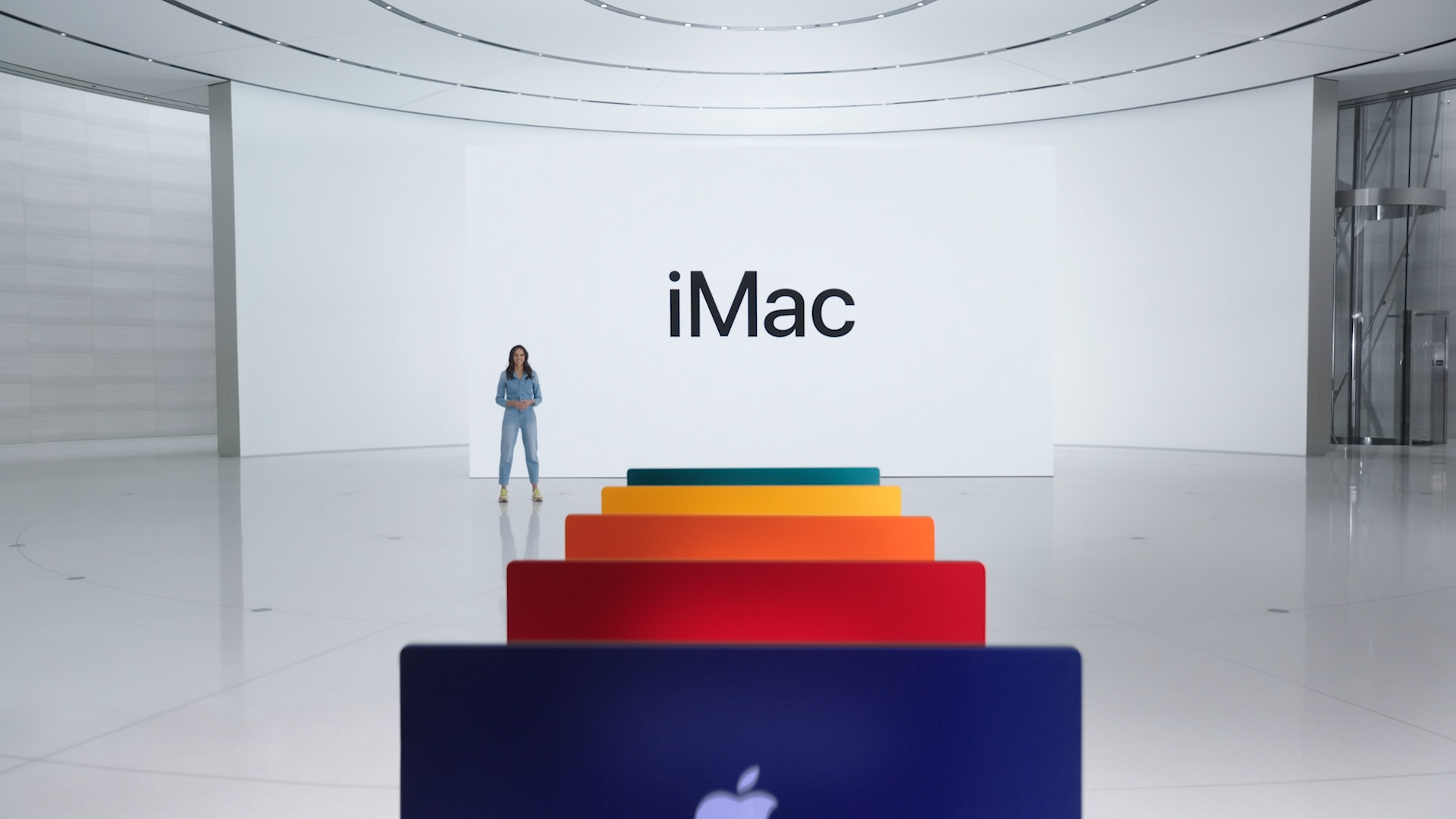


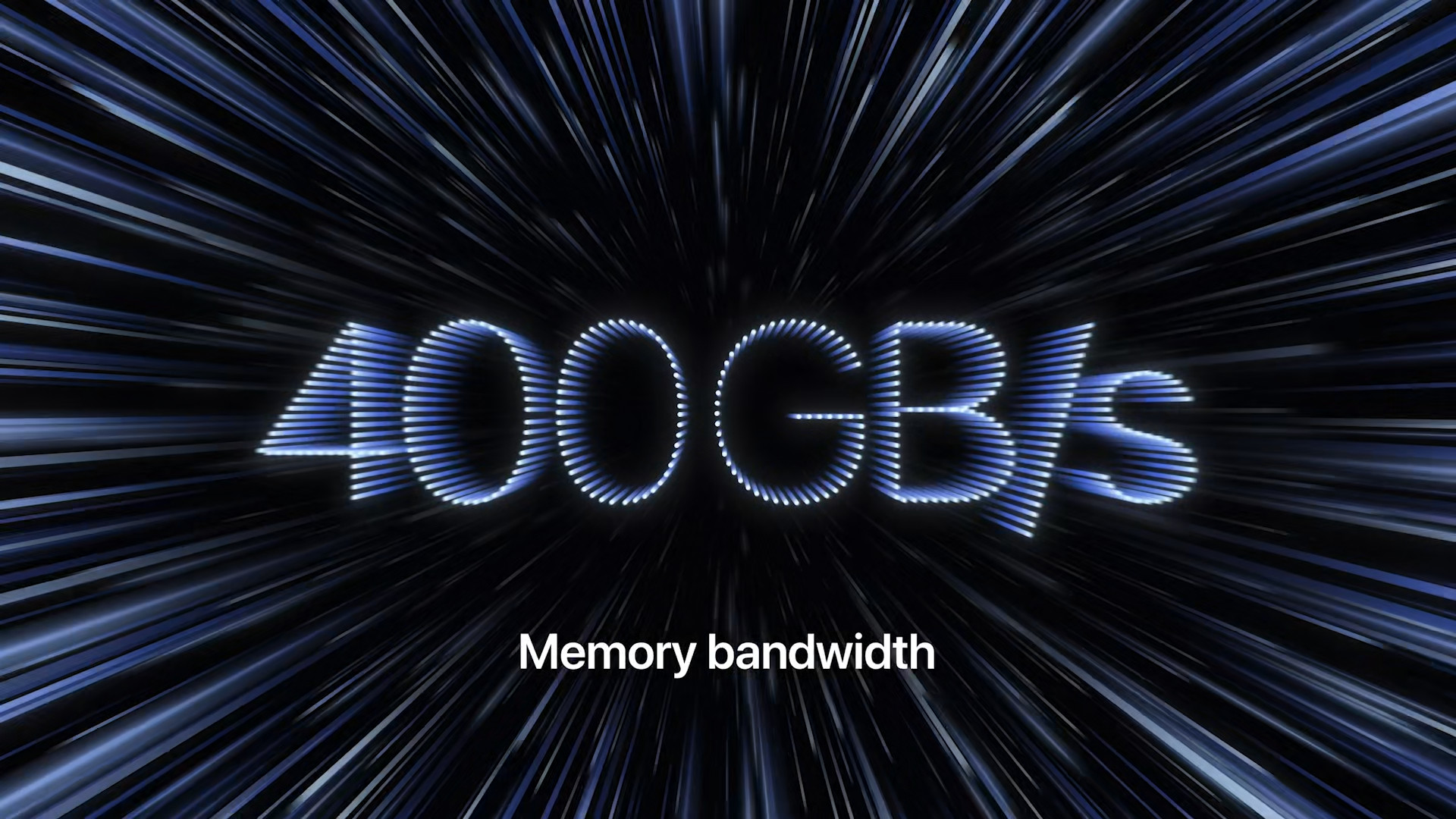


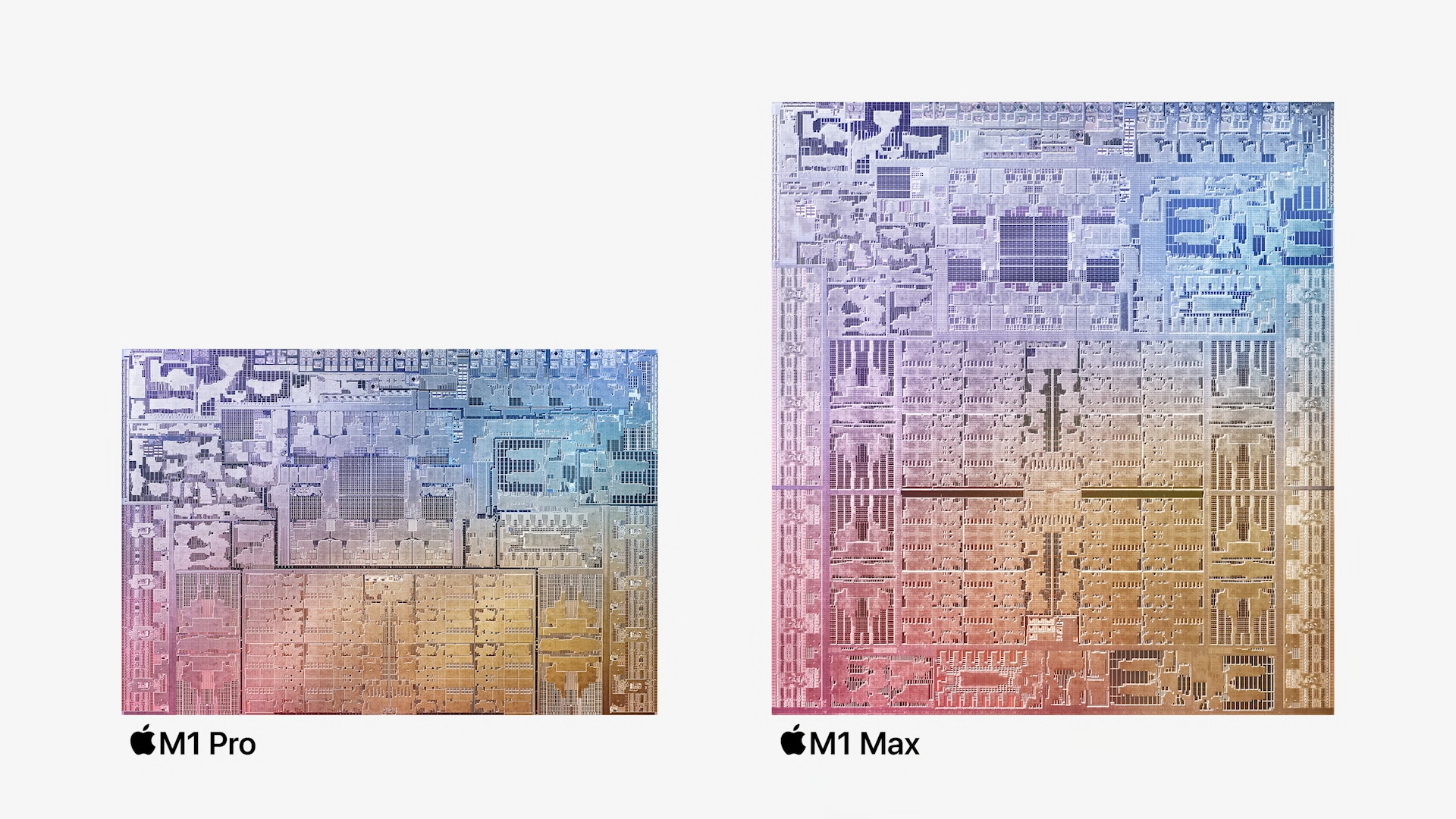

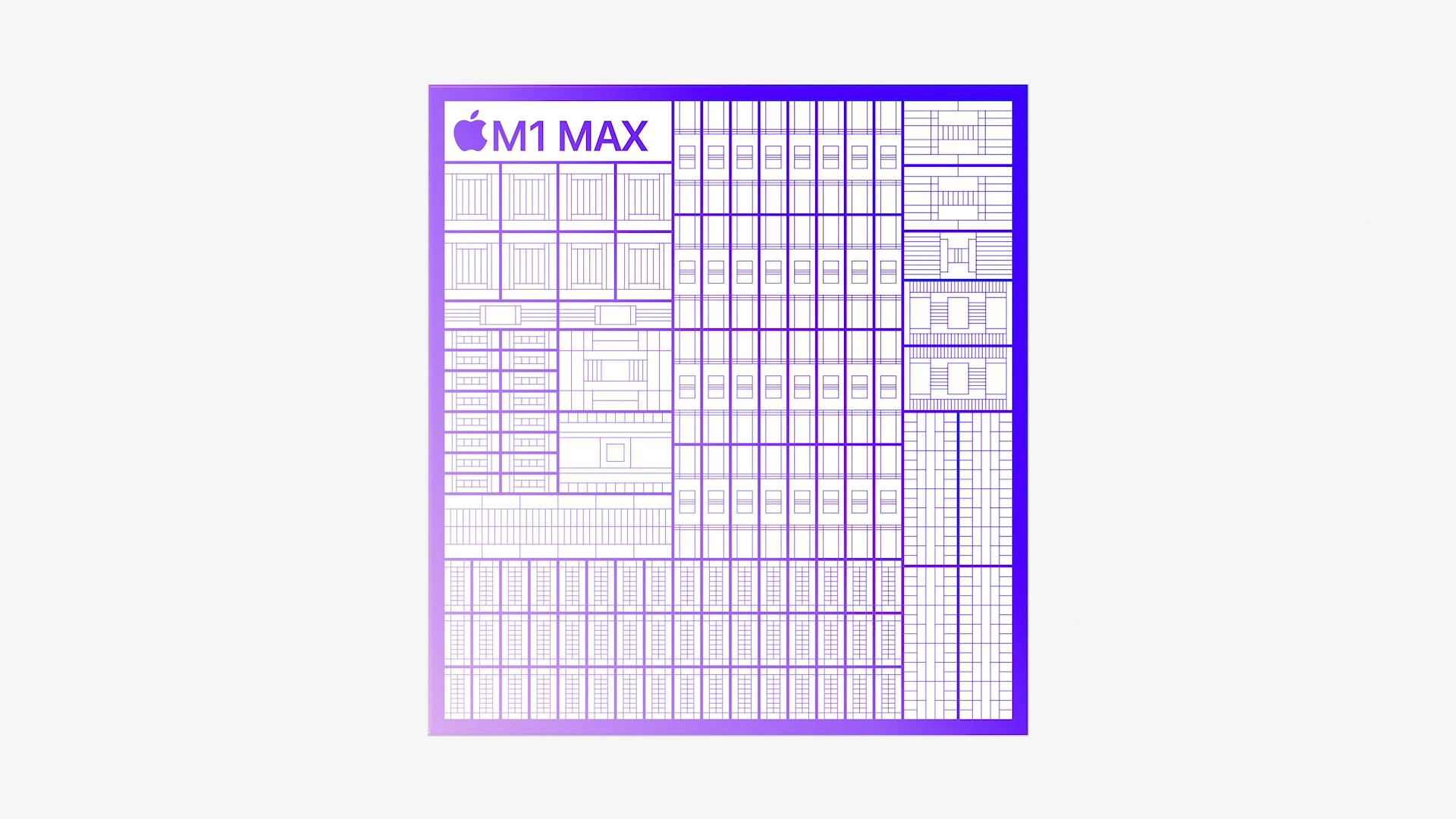
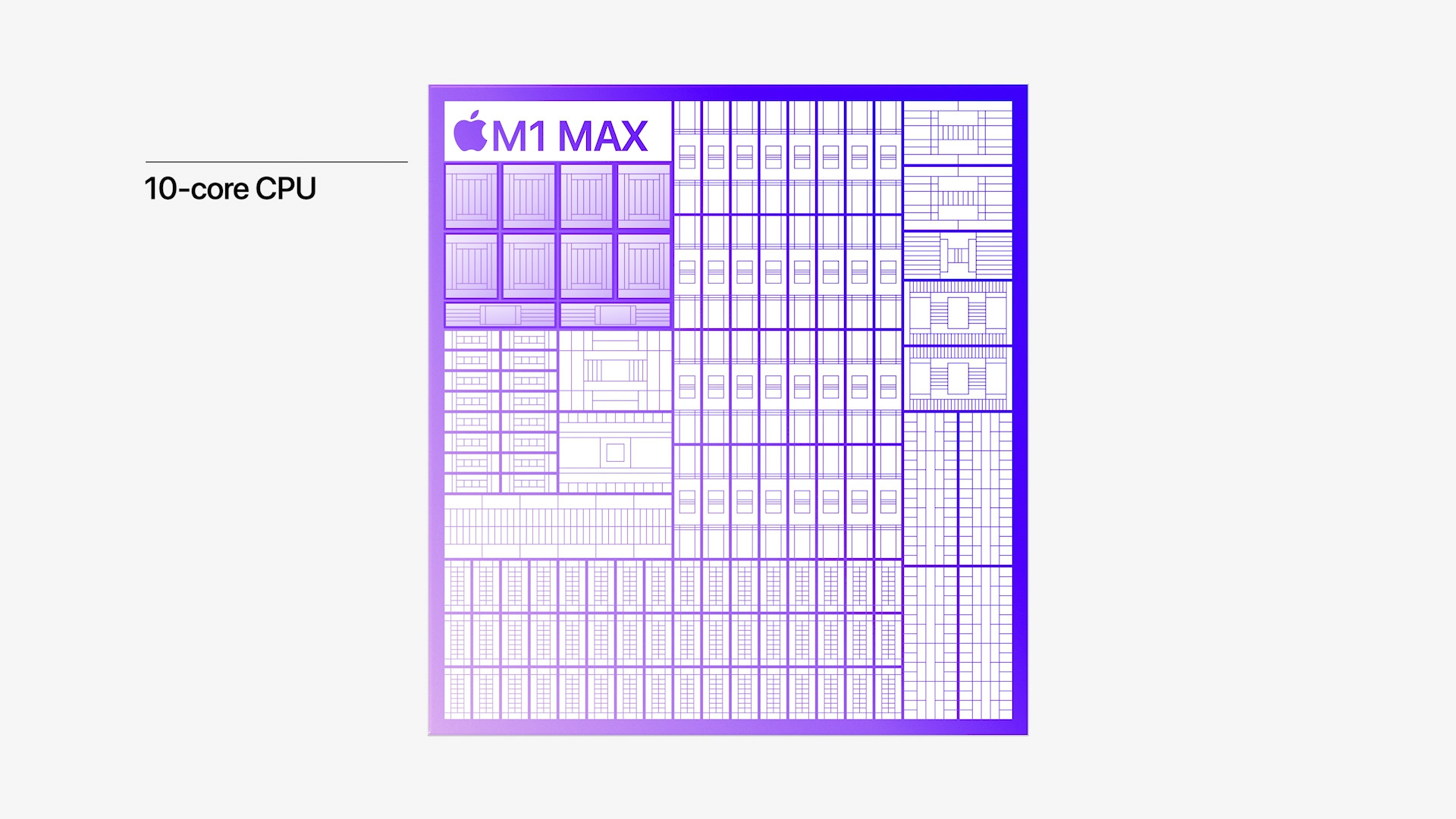

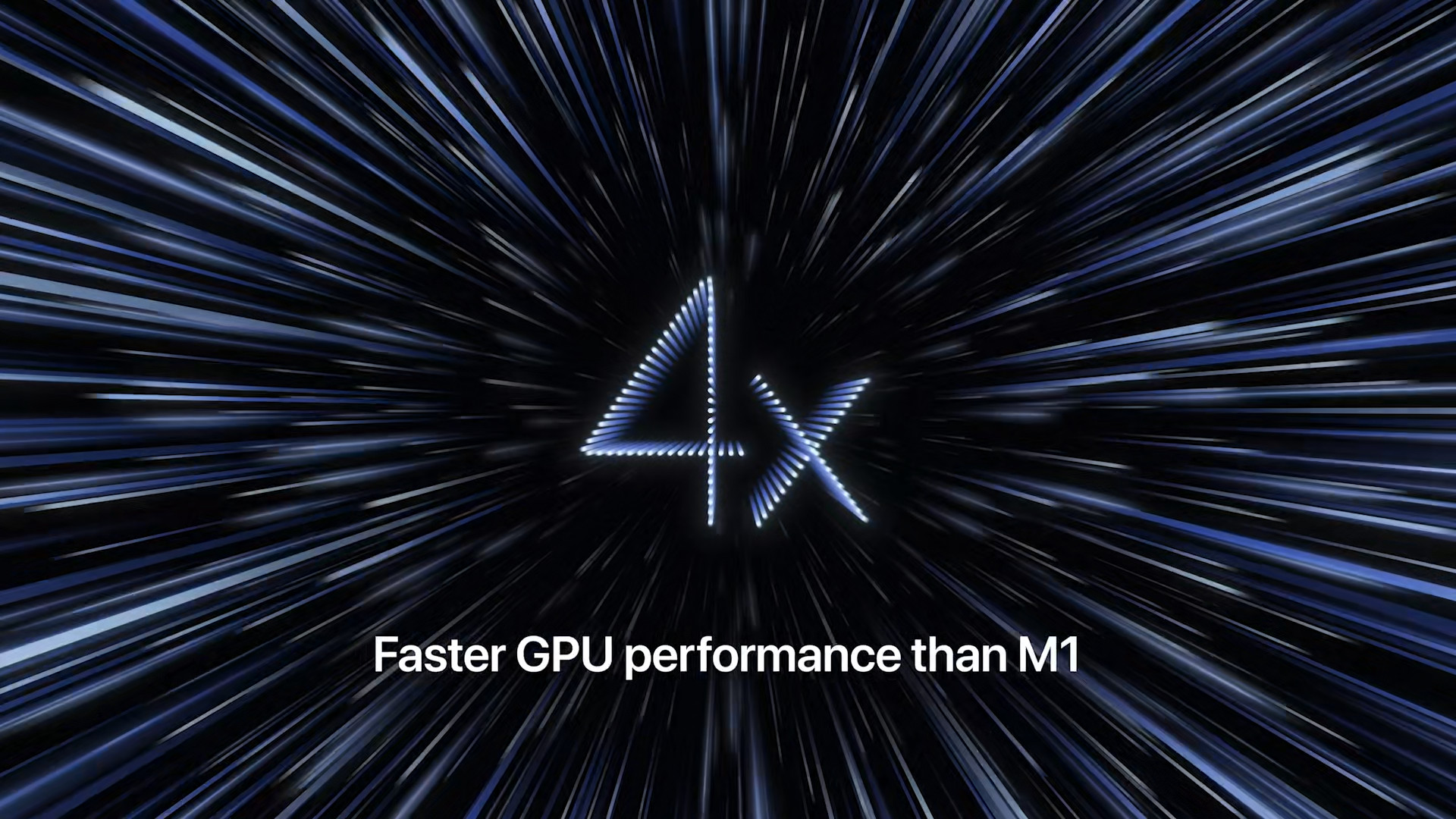
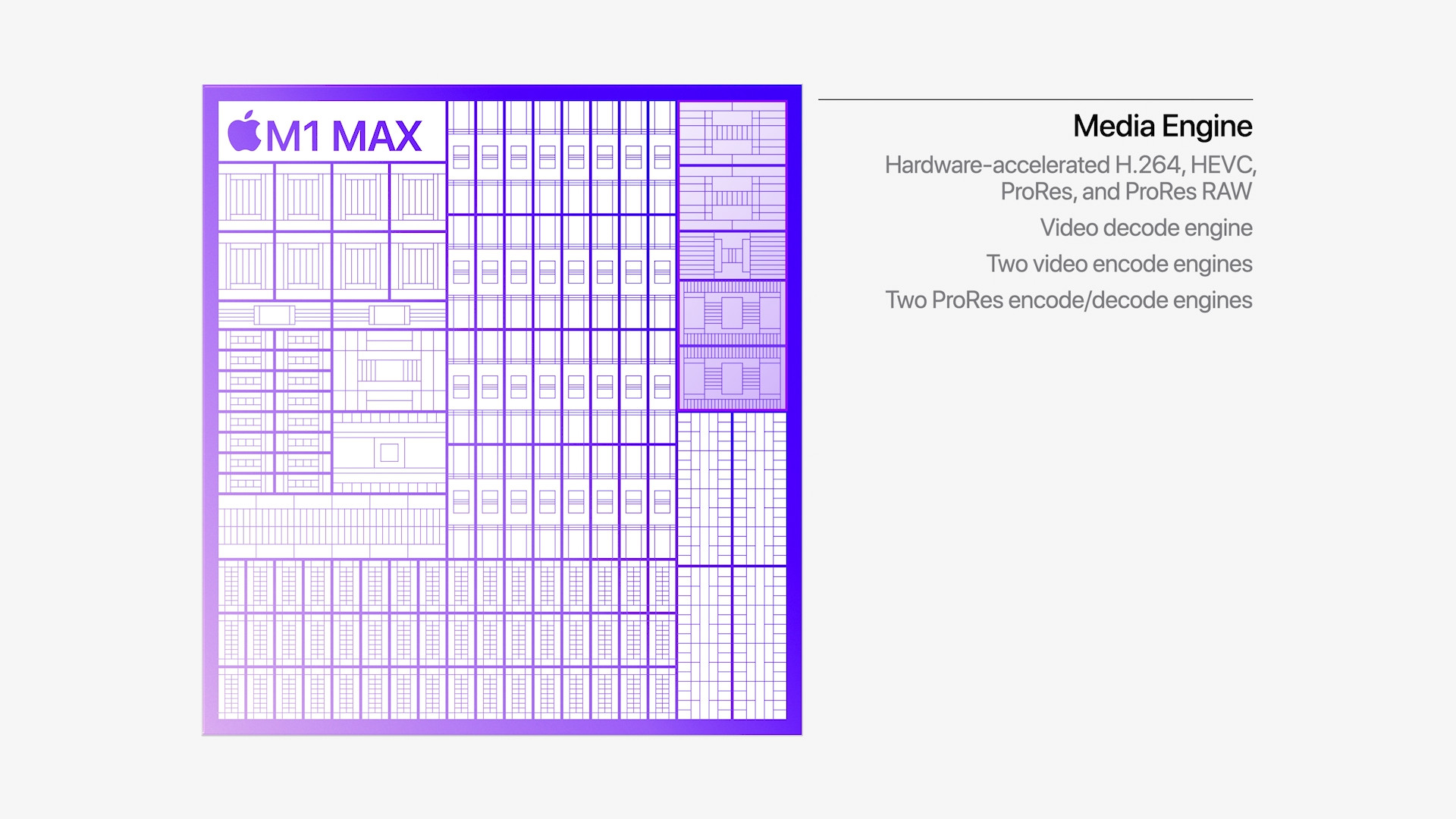
you lost the MOSTEK 6502 that powered the first Apply I, II, III
Try to at least read the article one at a time. I haven't seen such mistakes and typos together in a long time :(